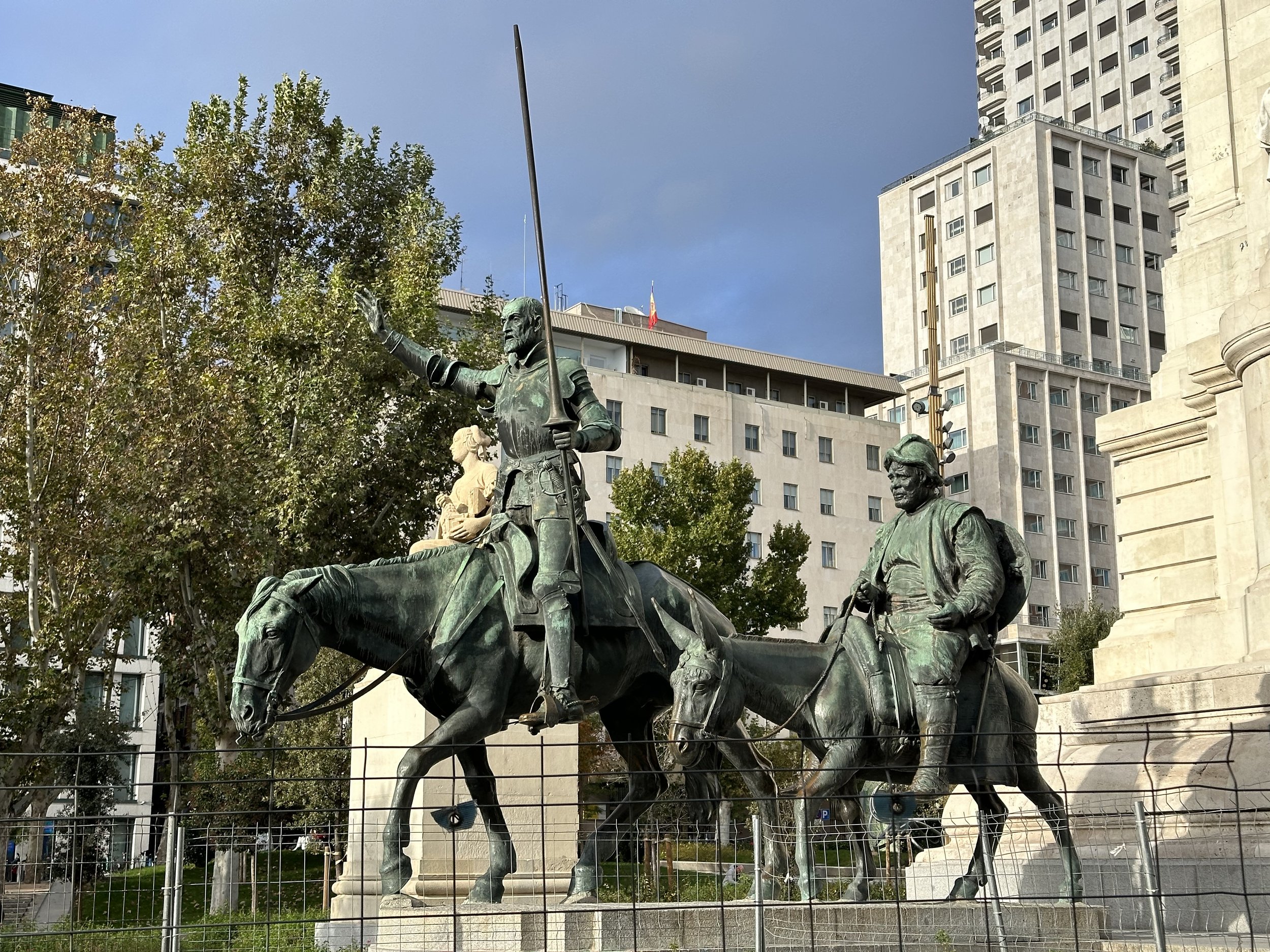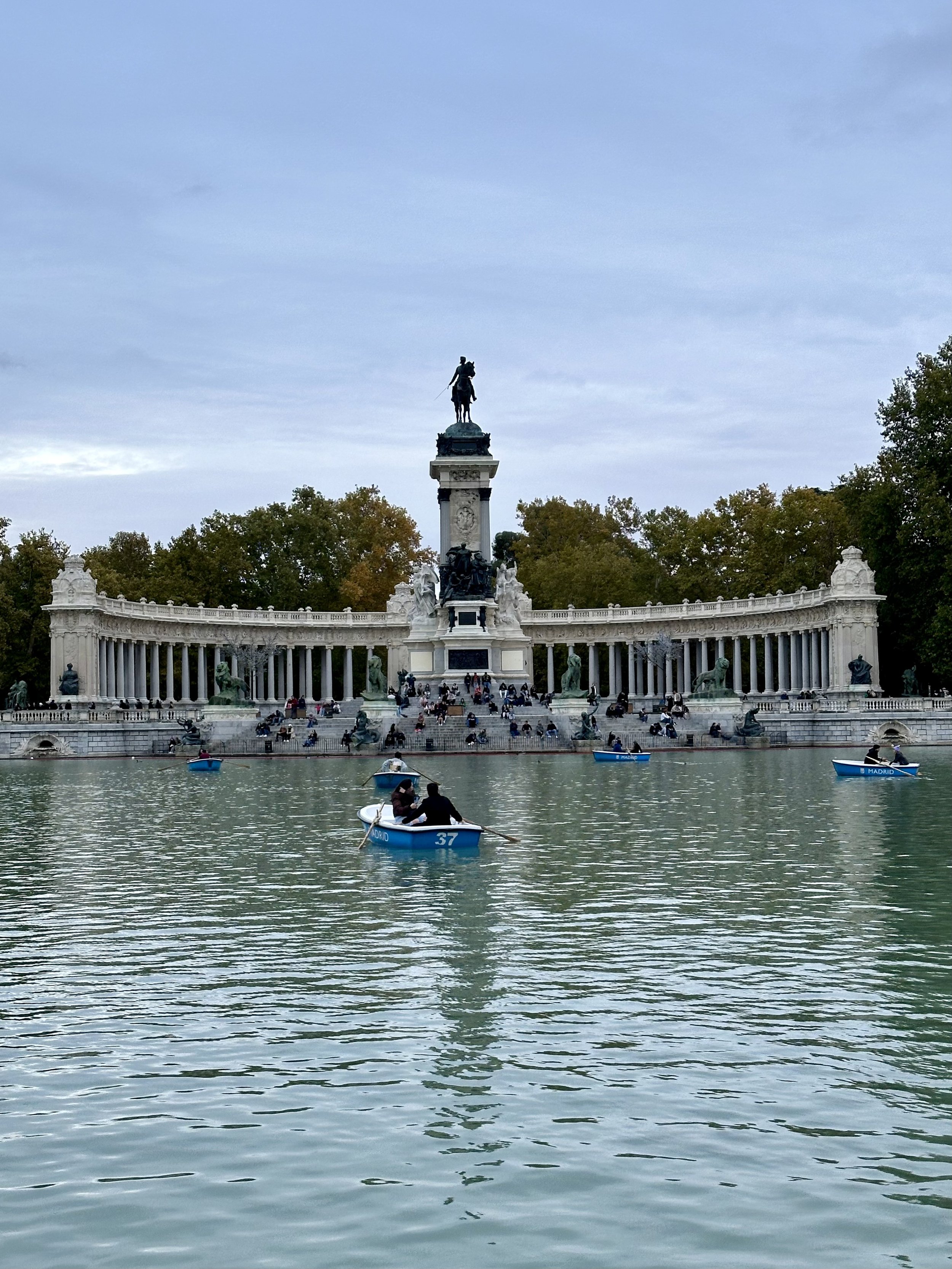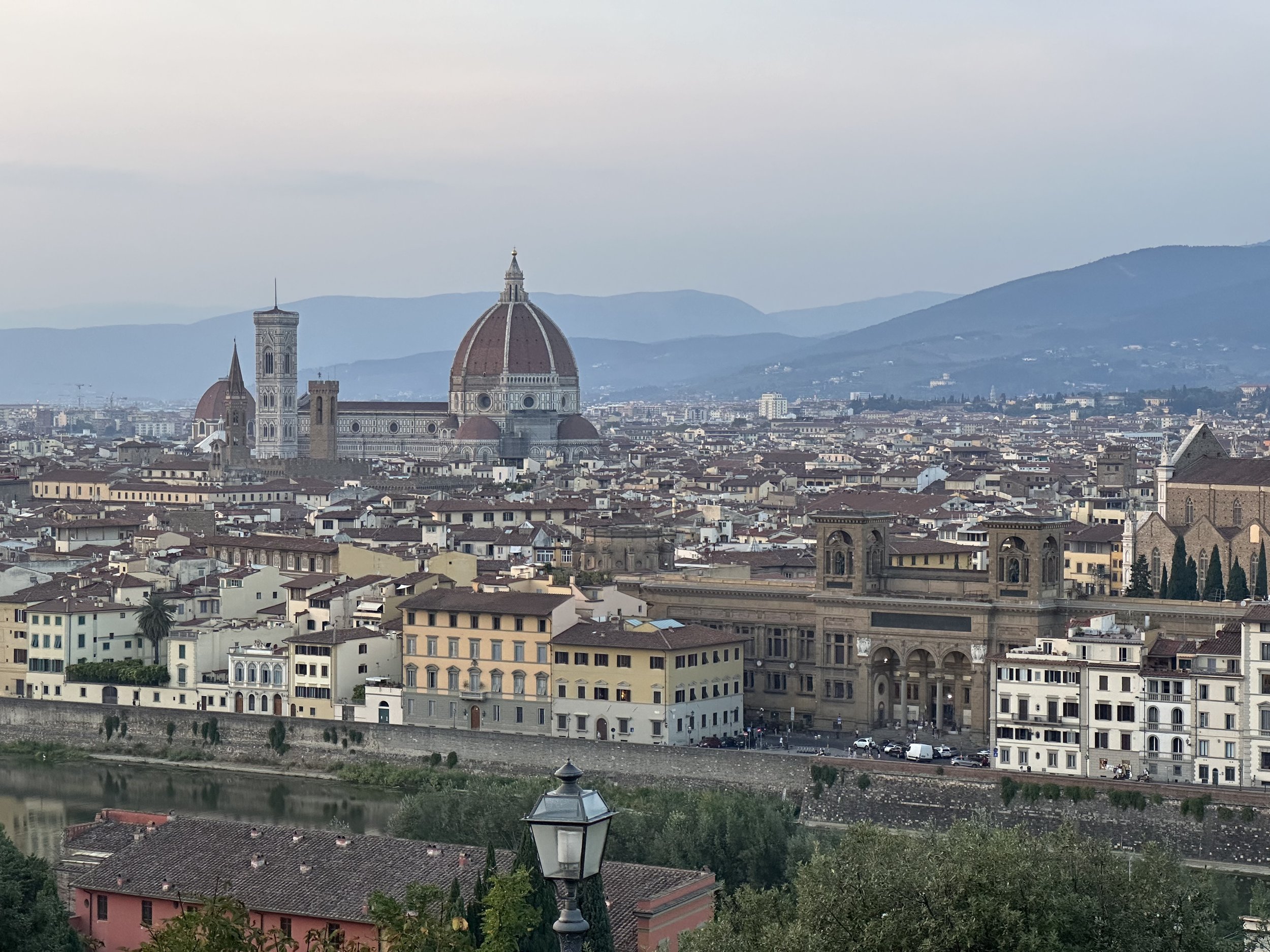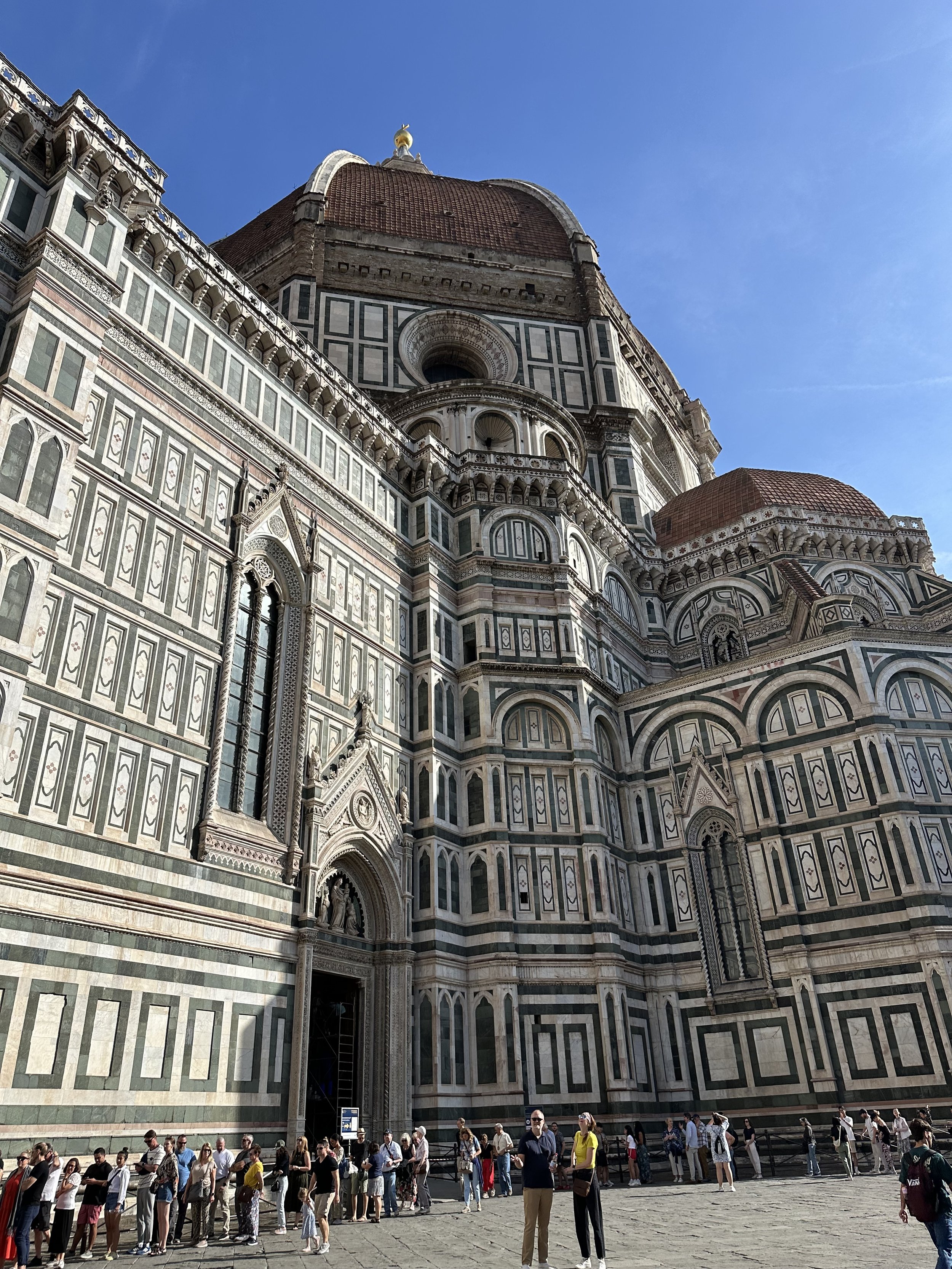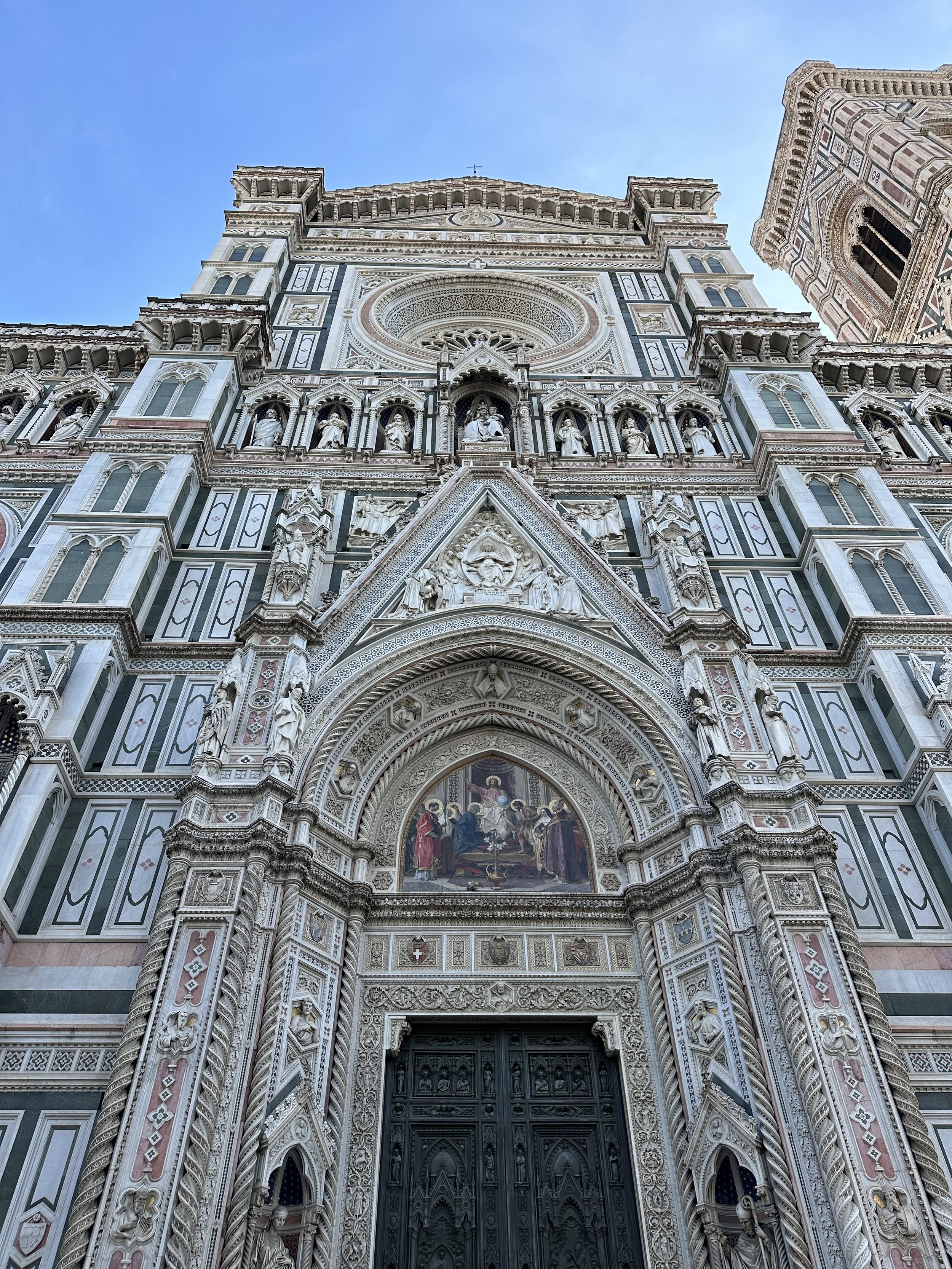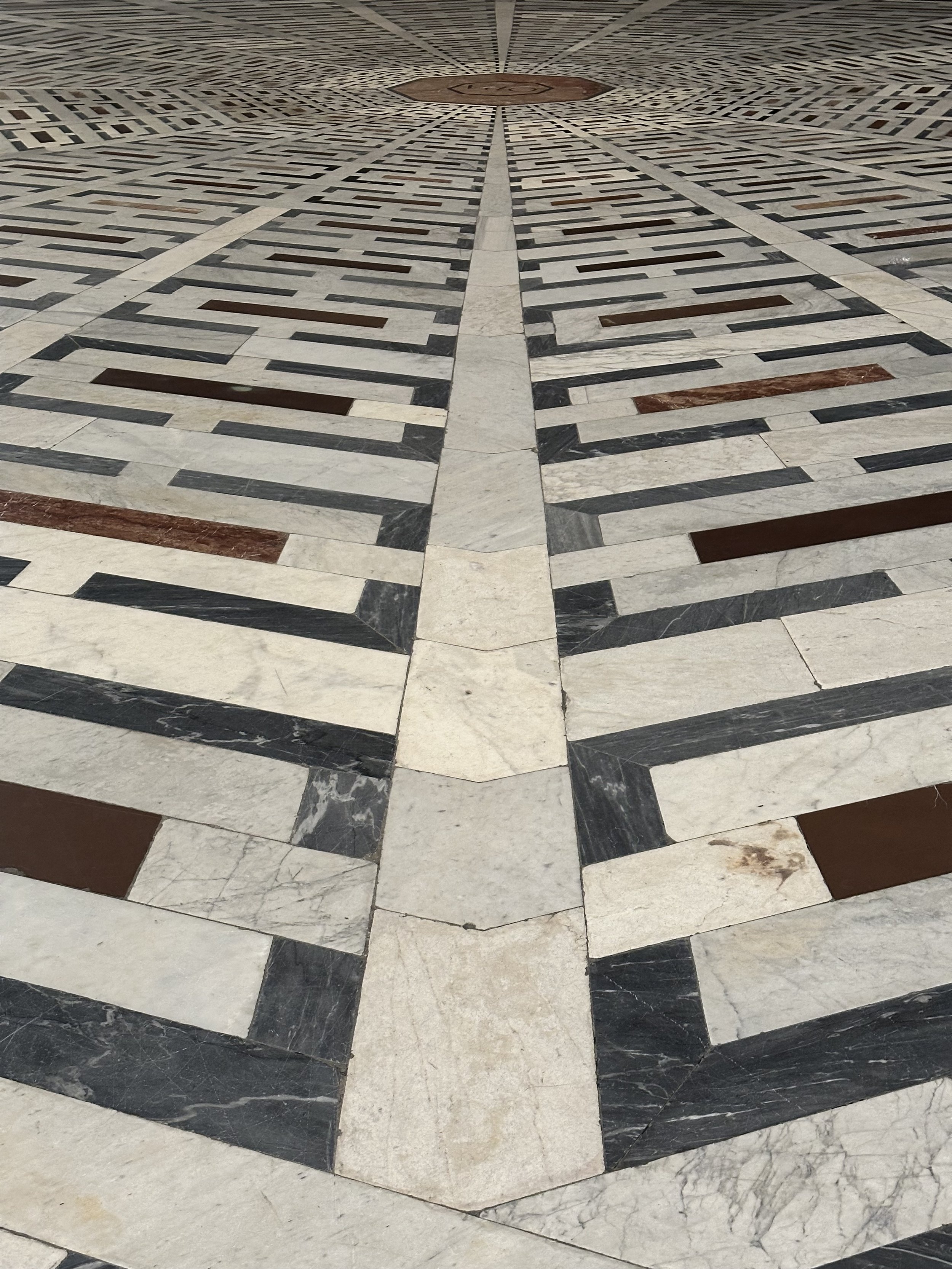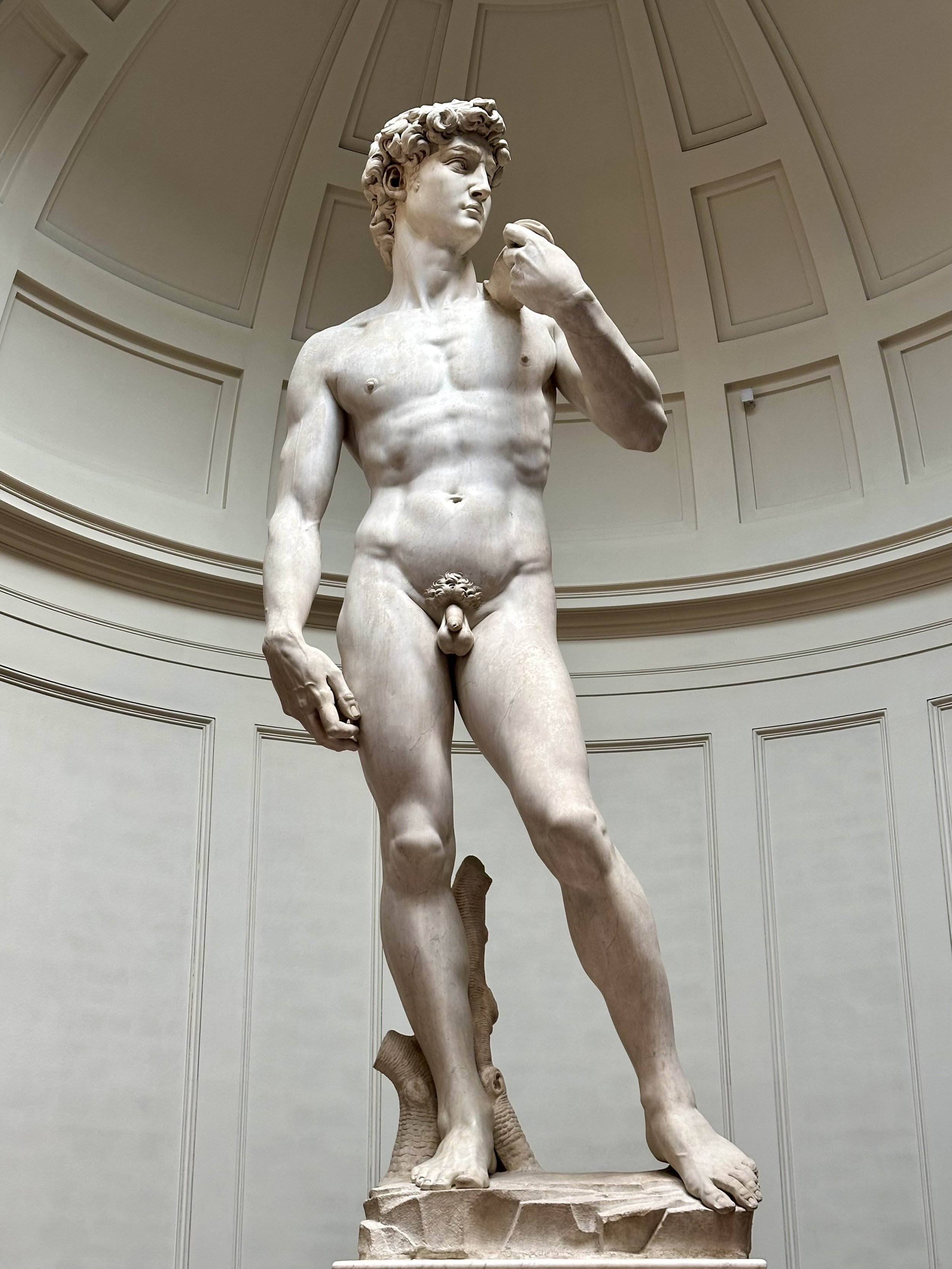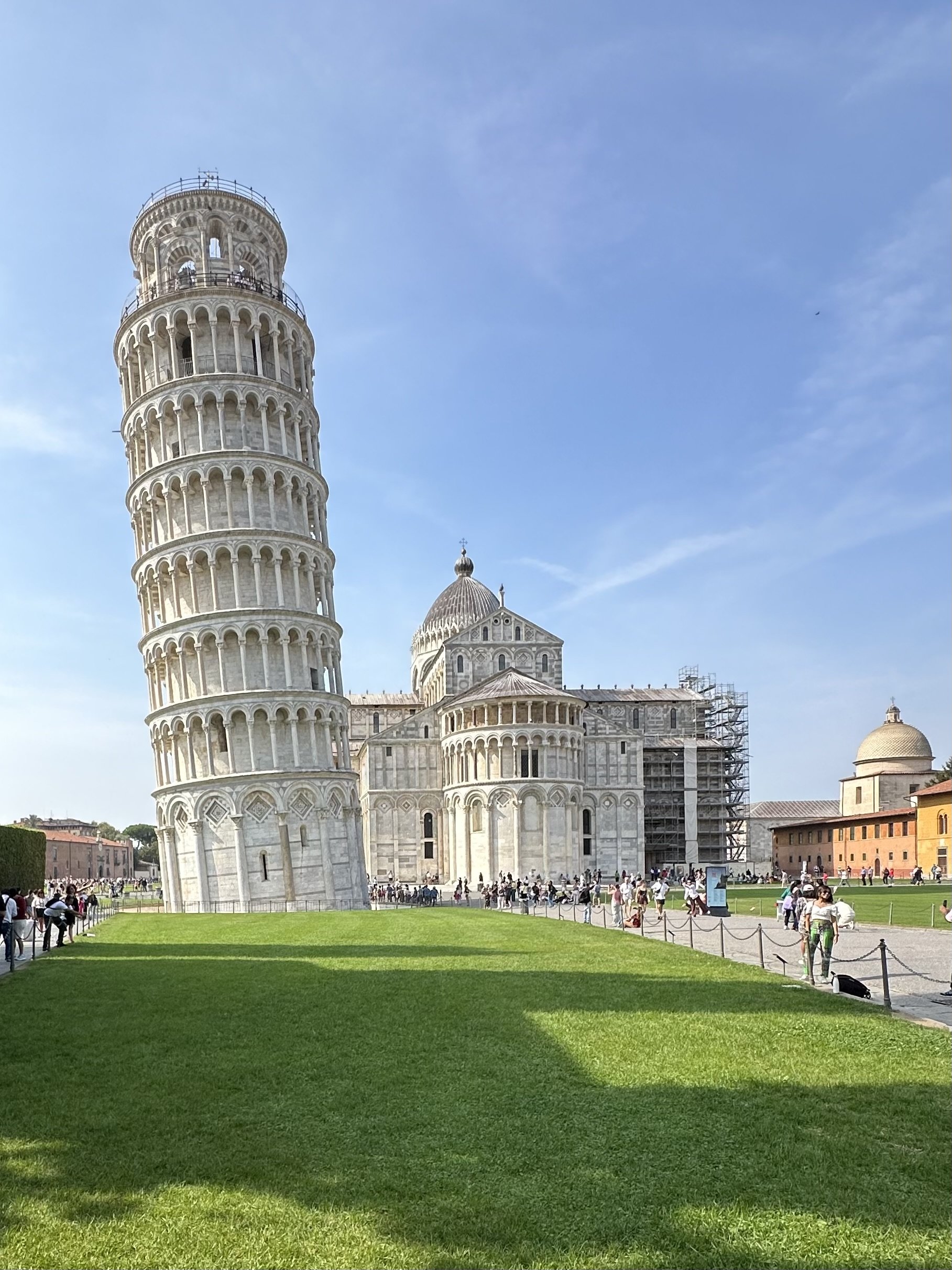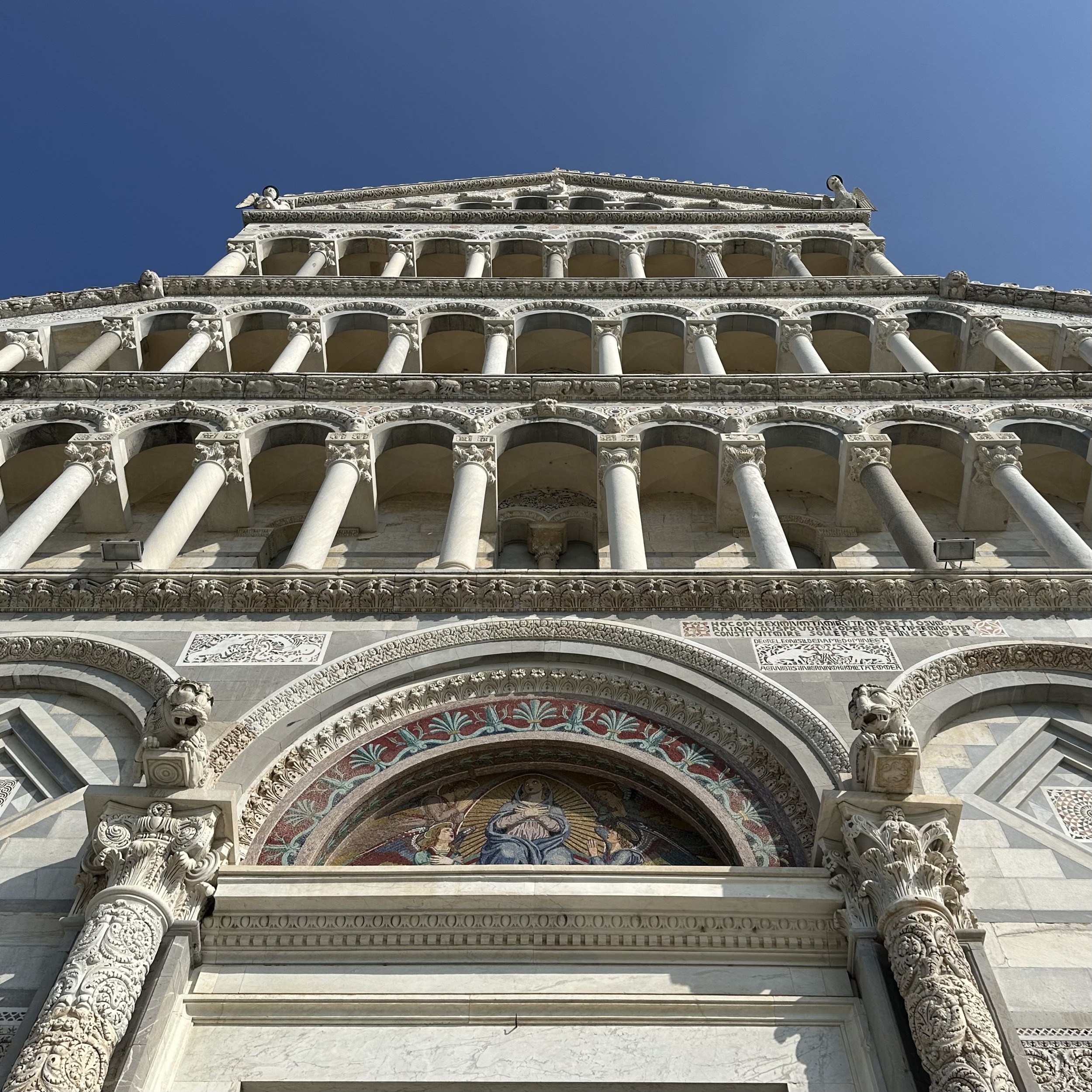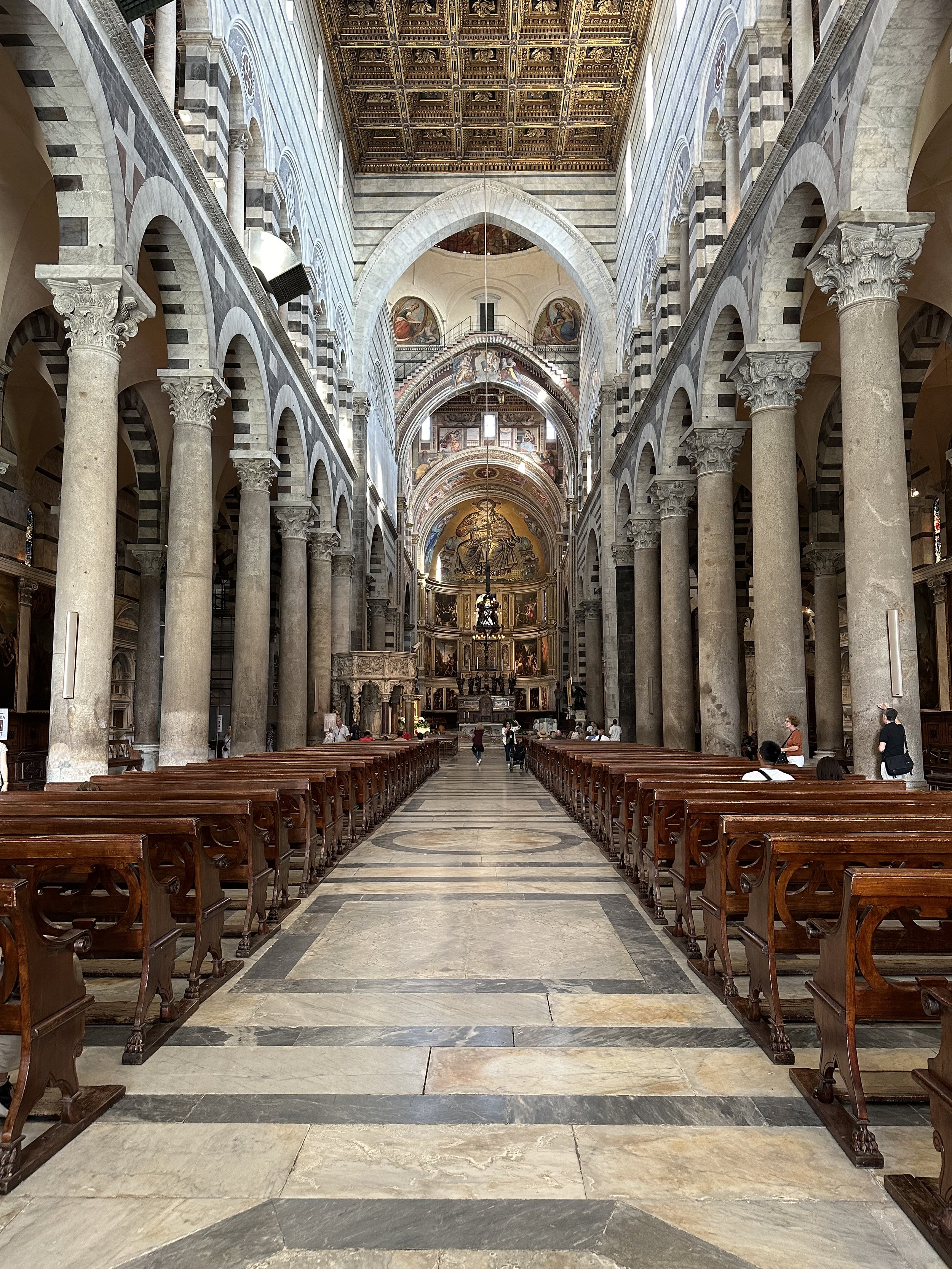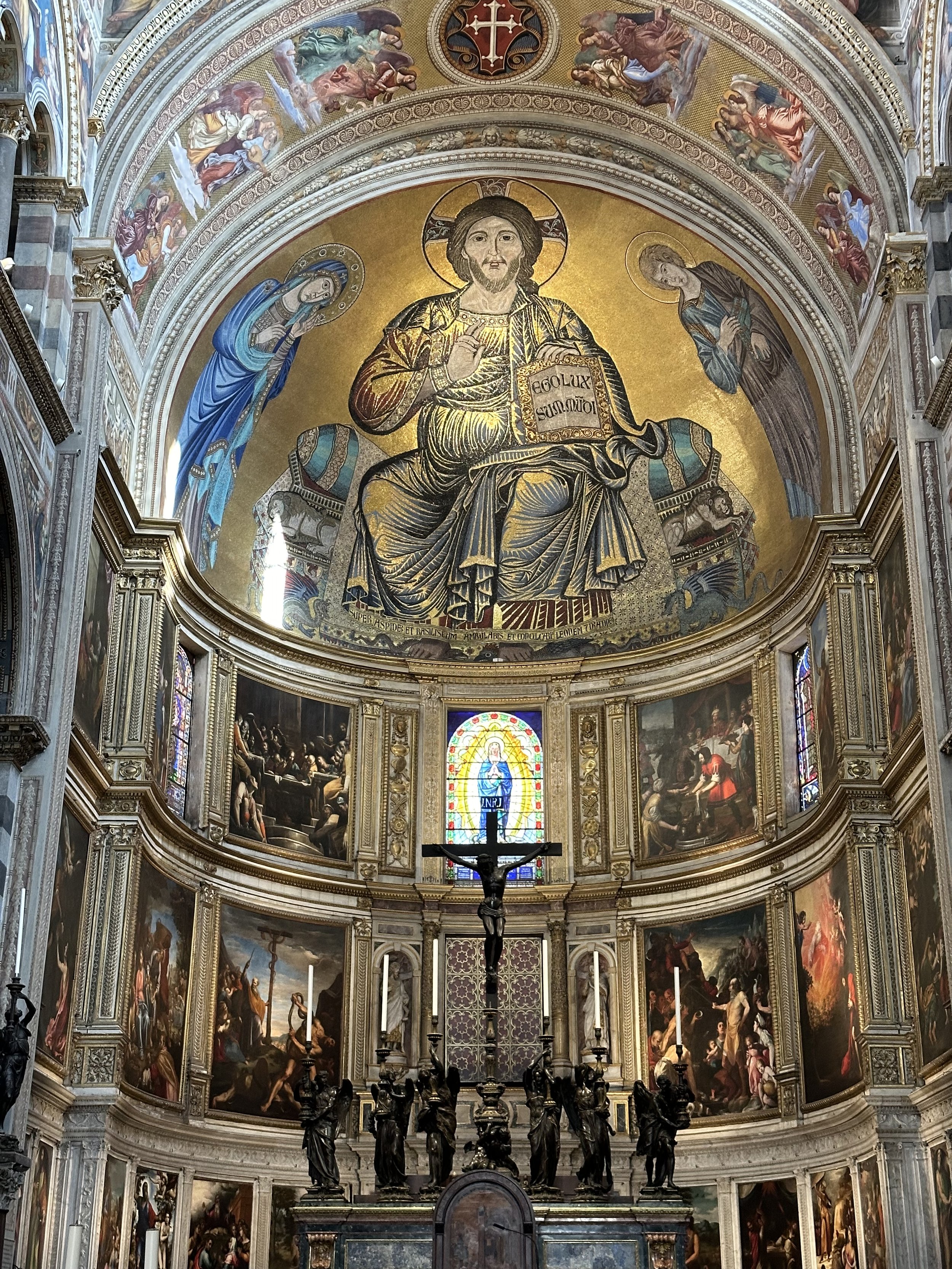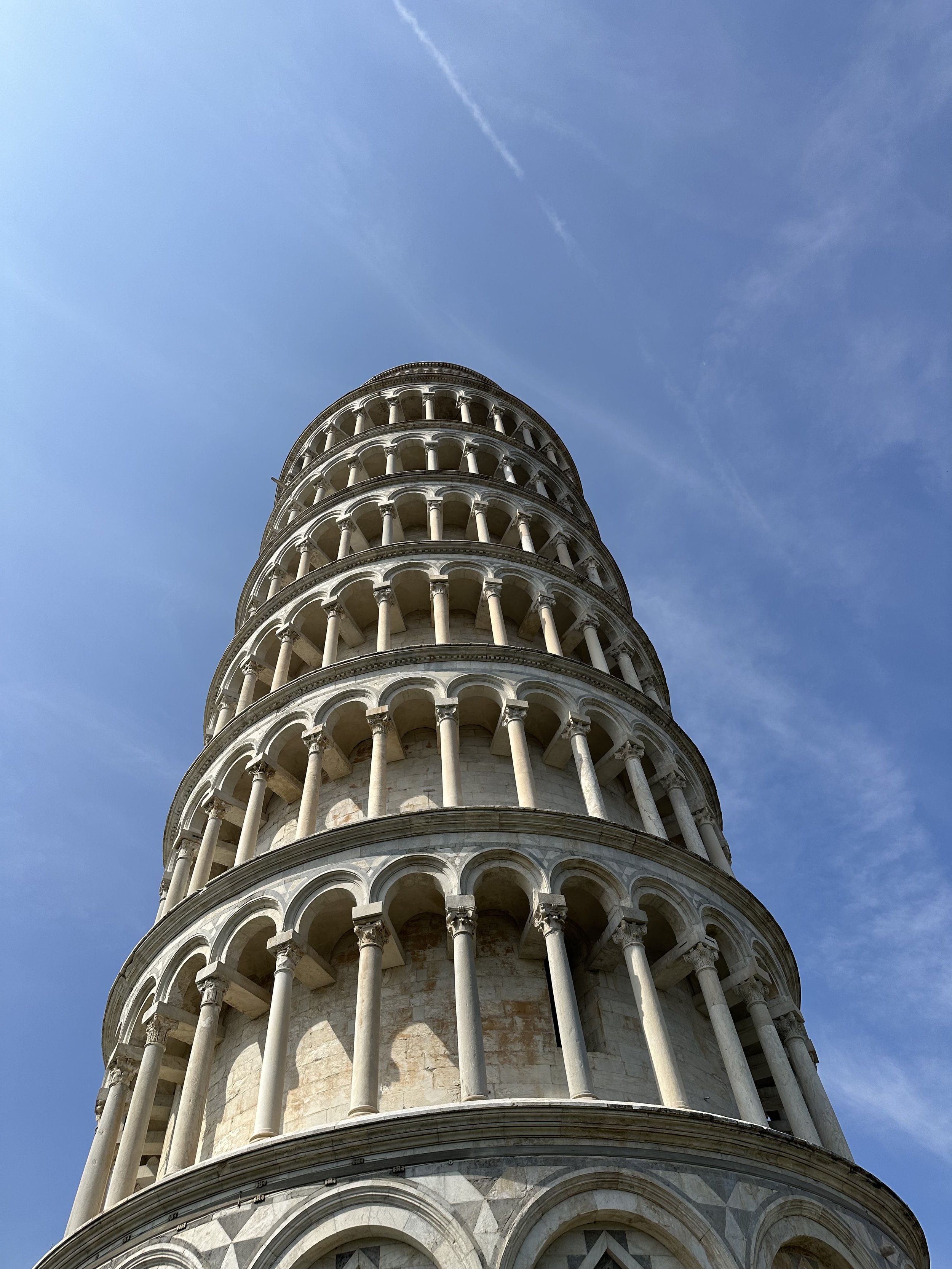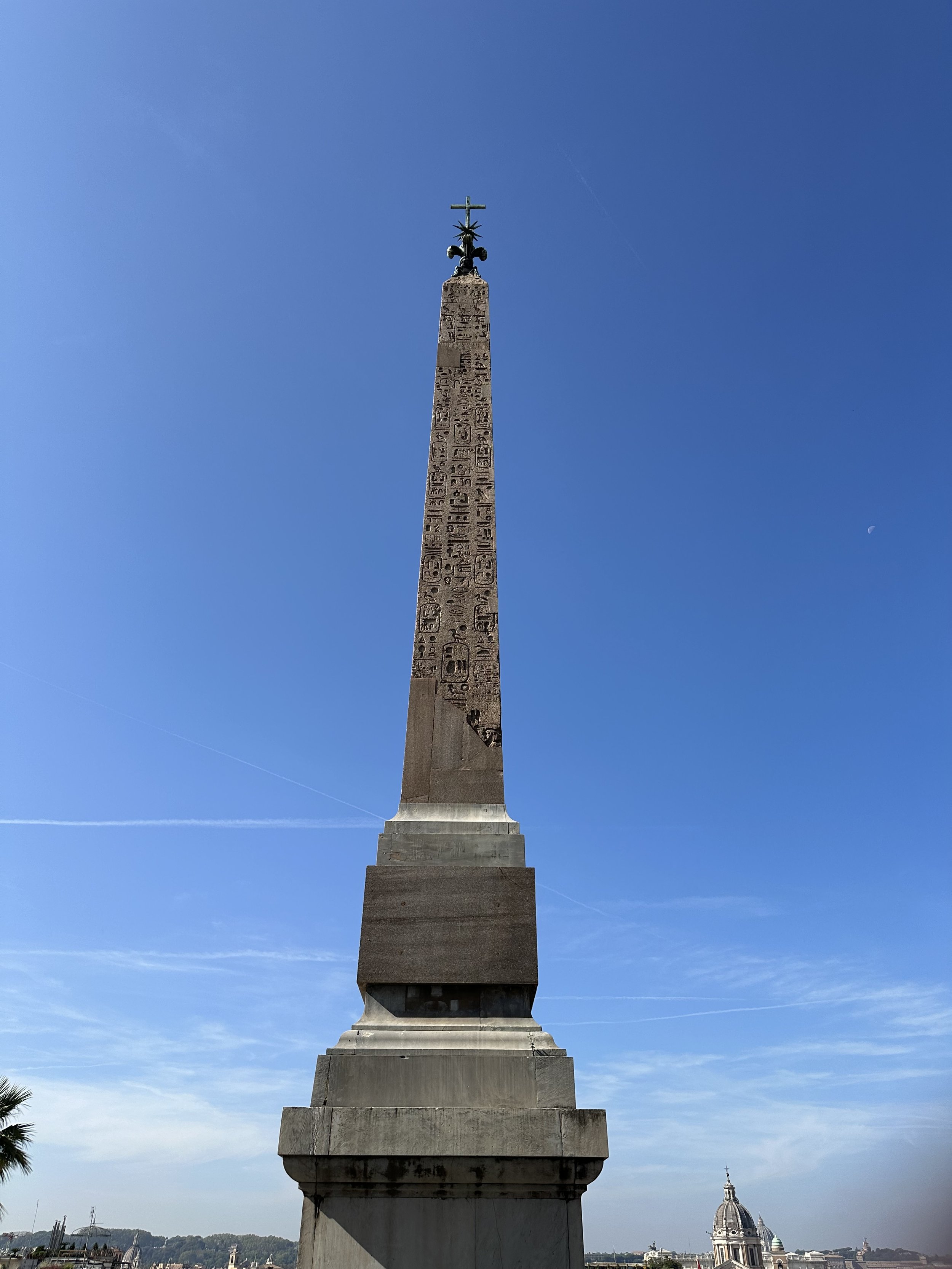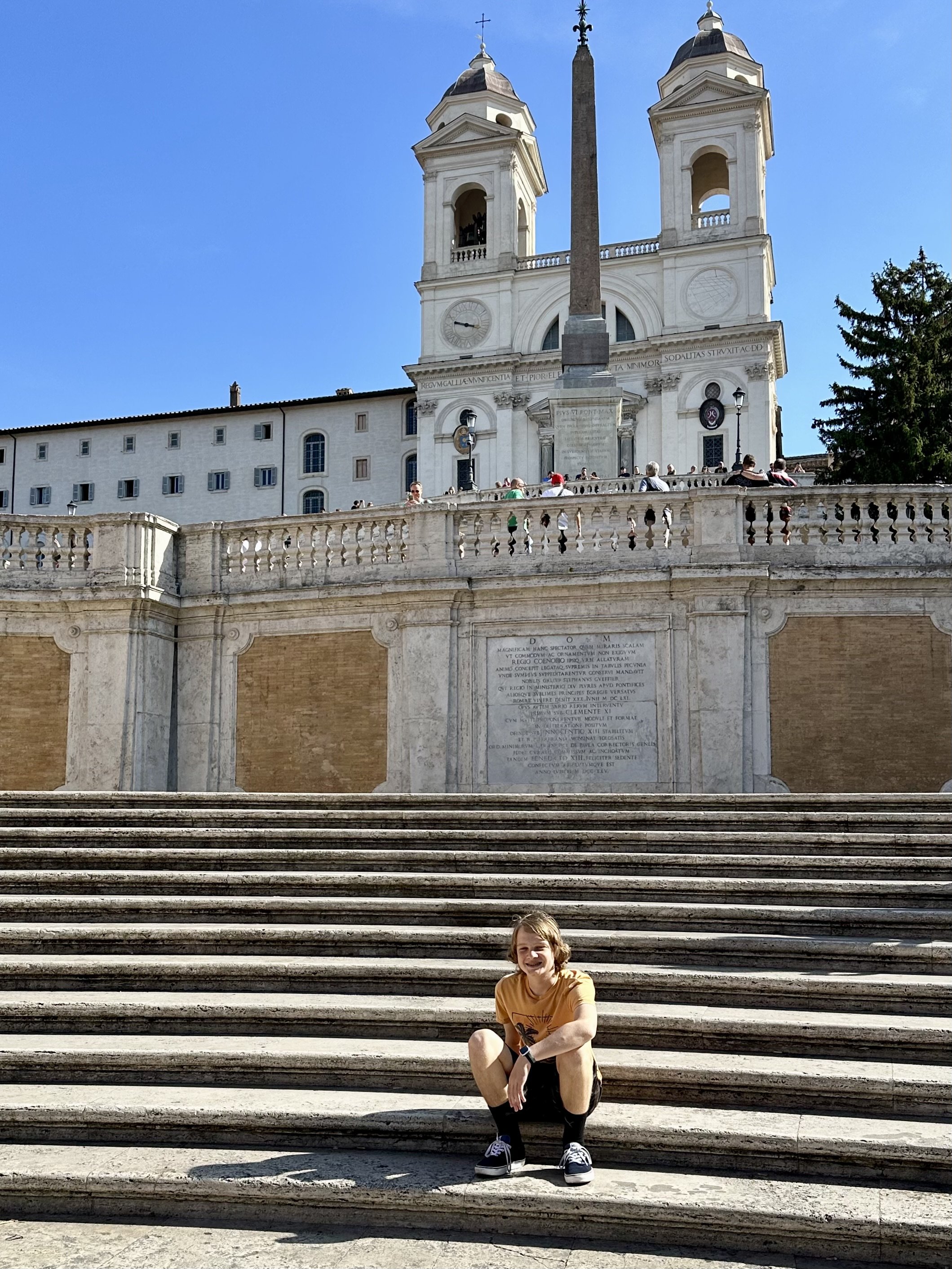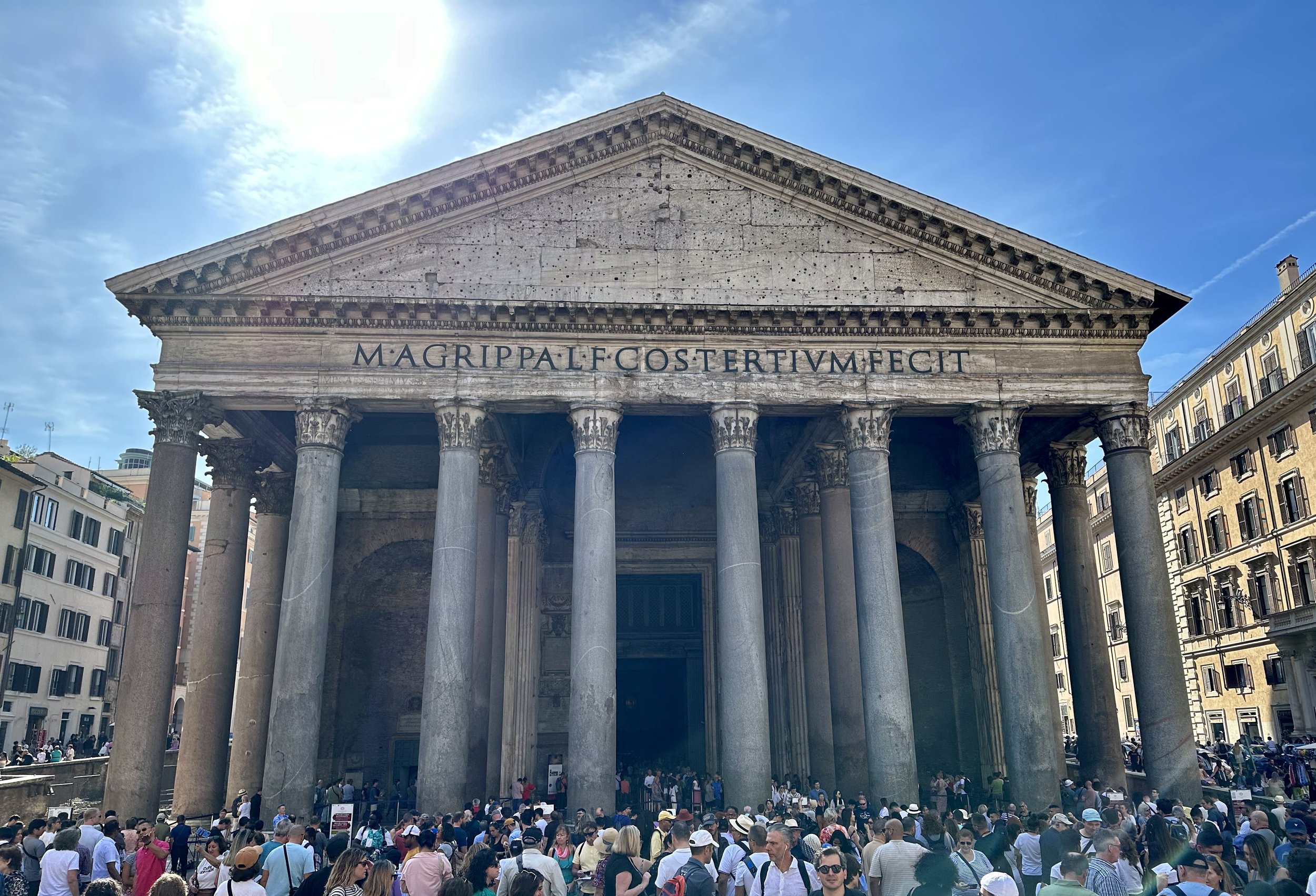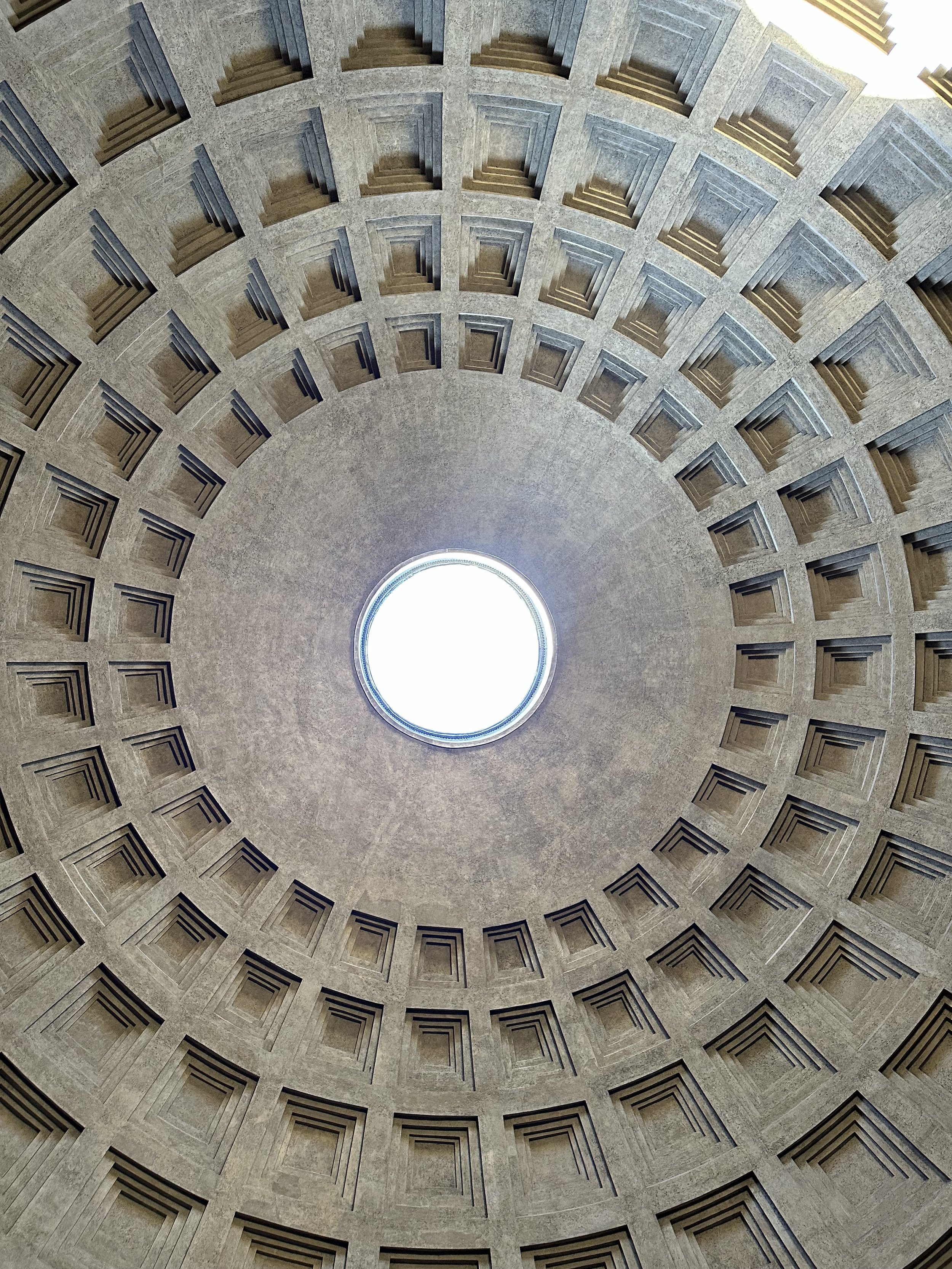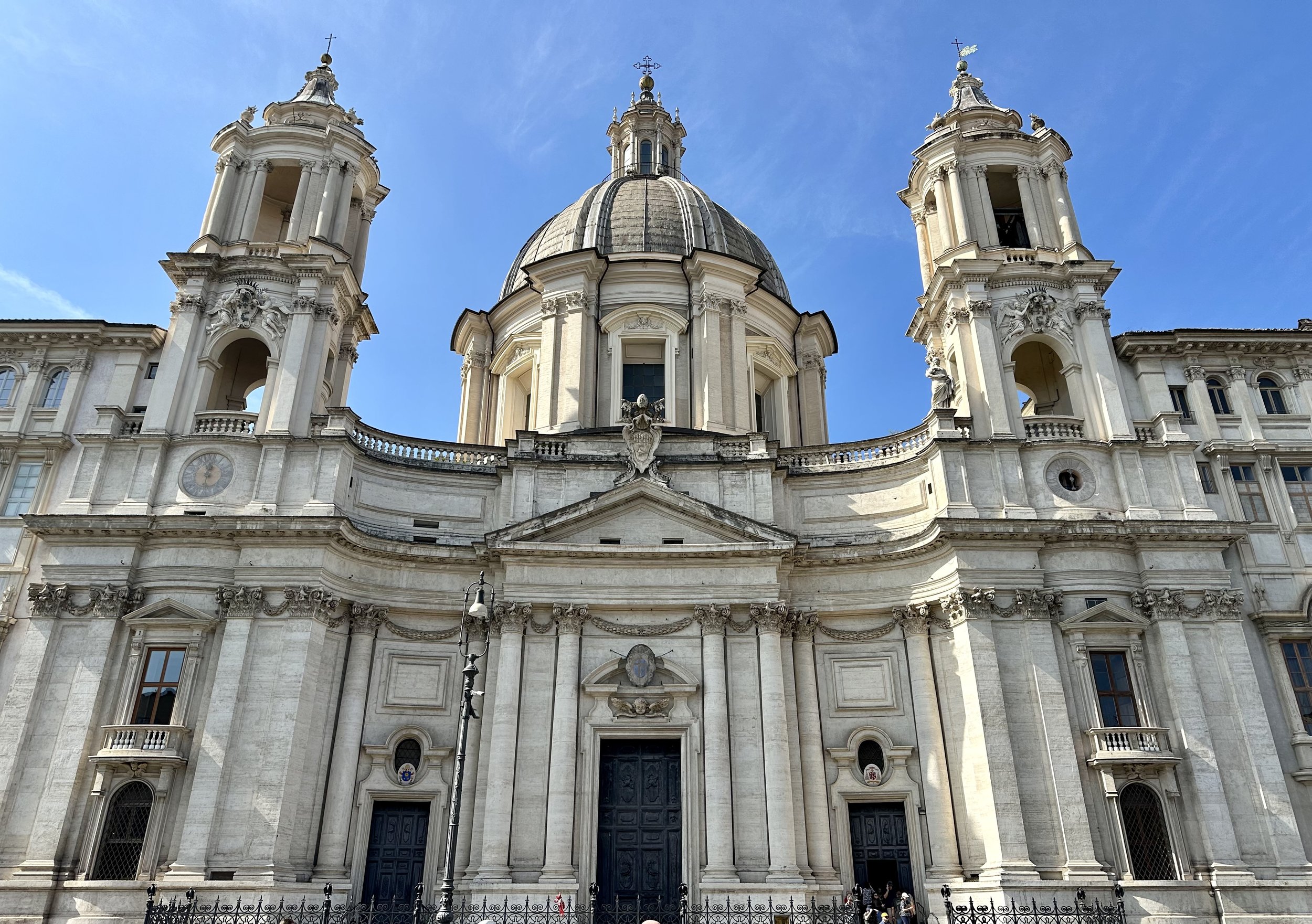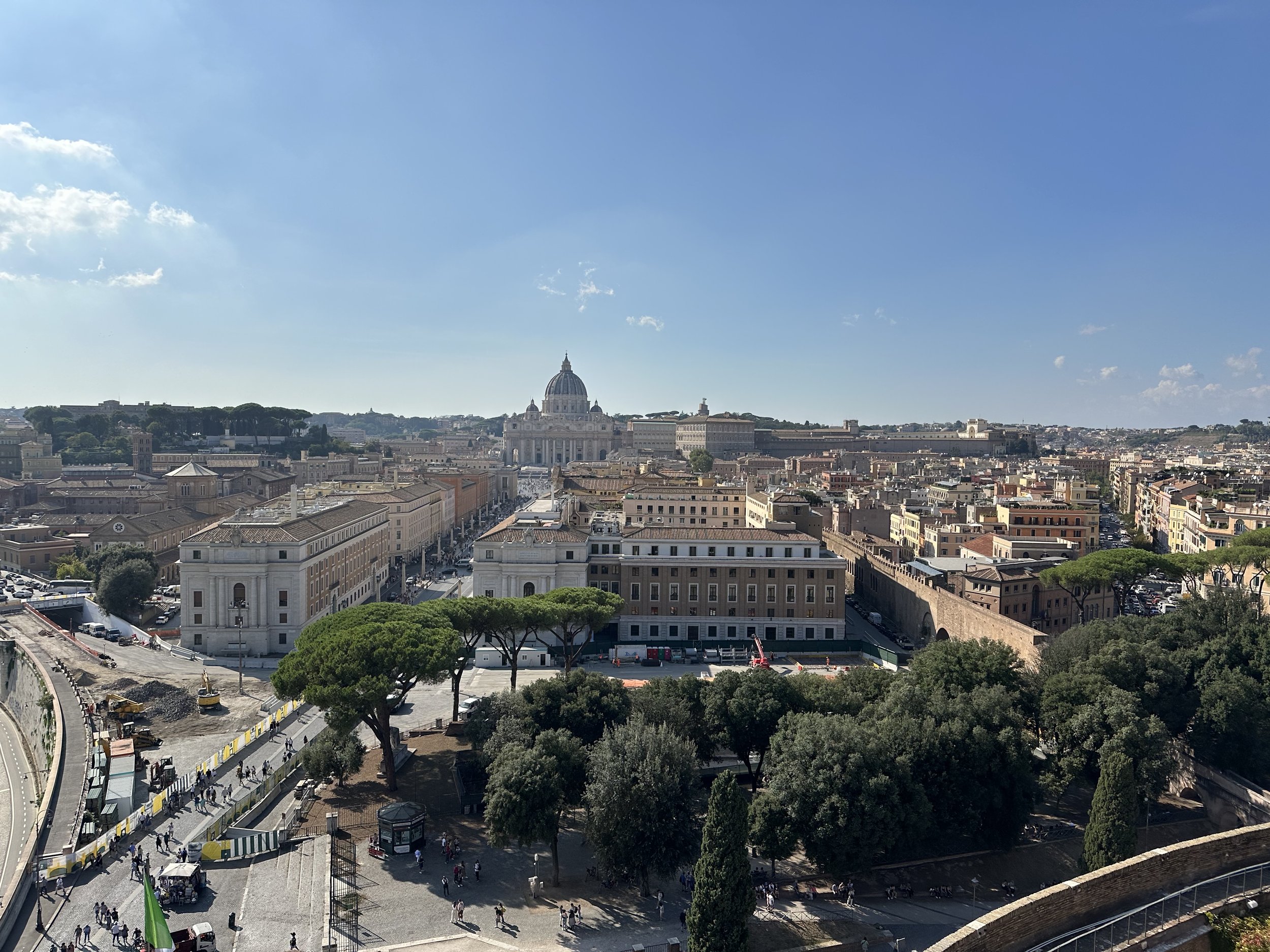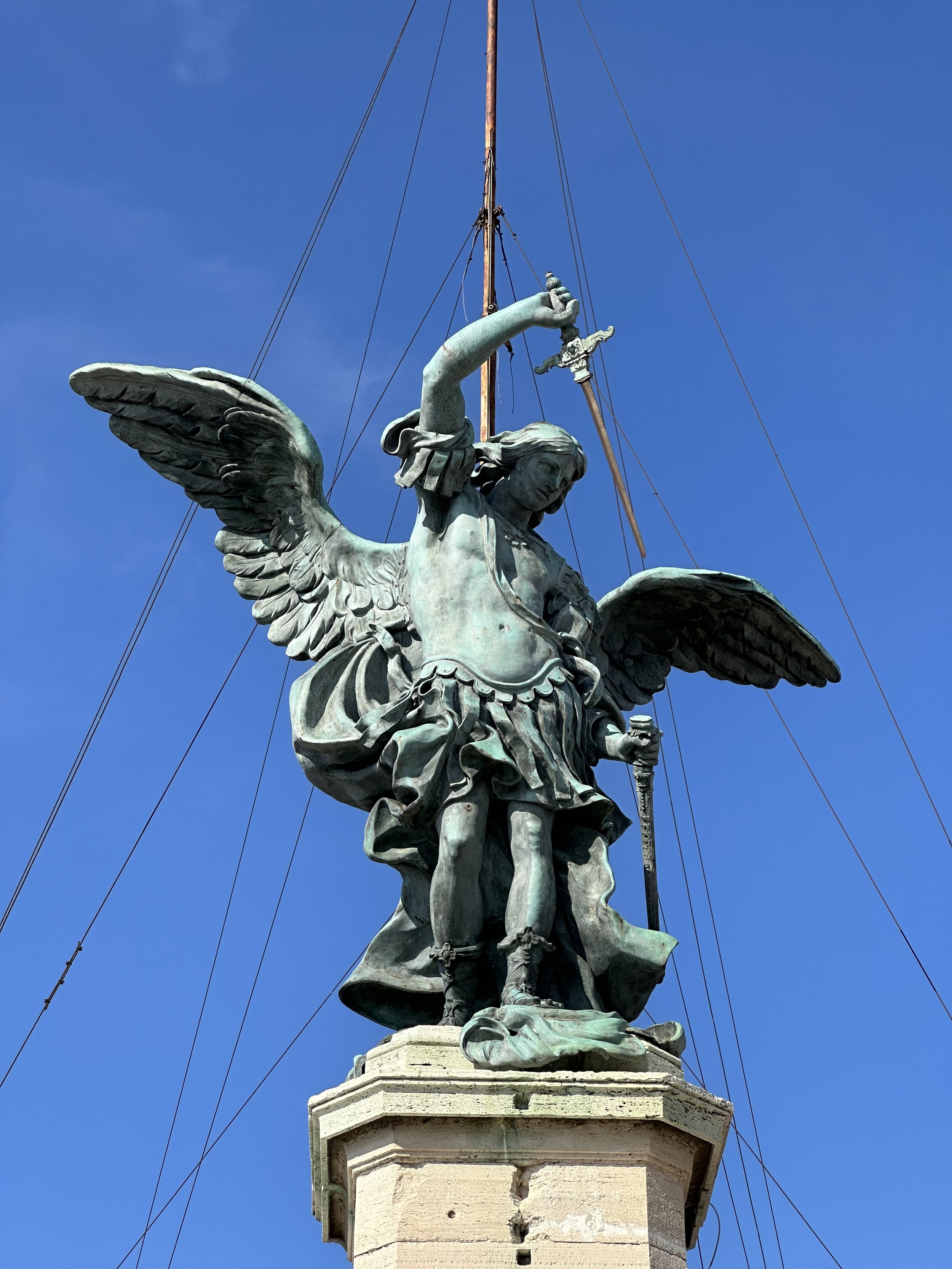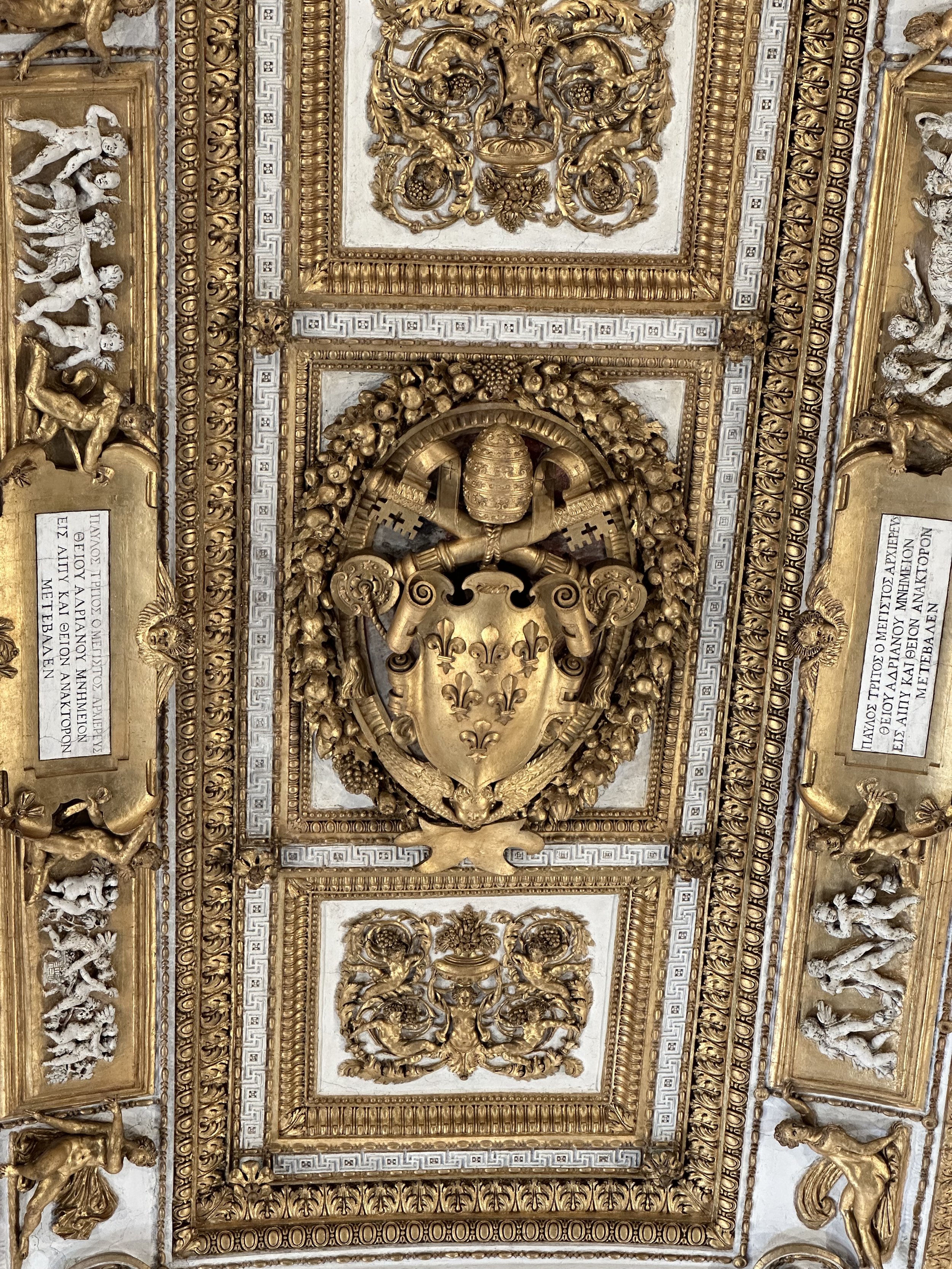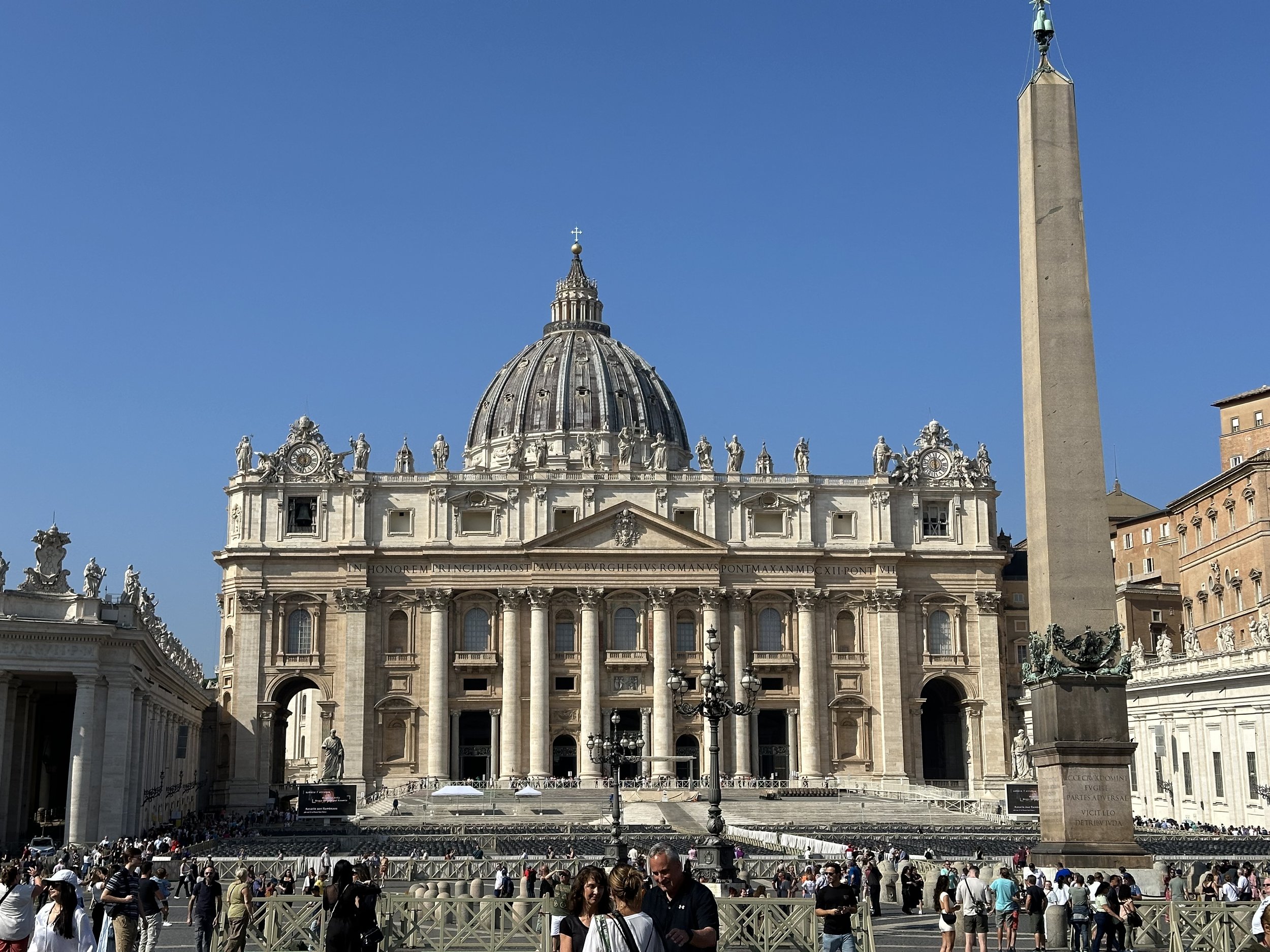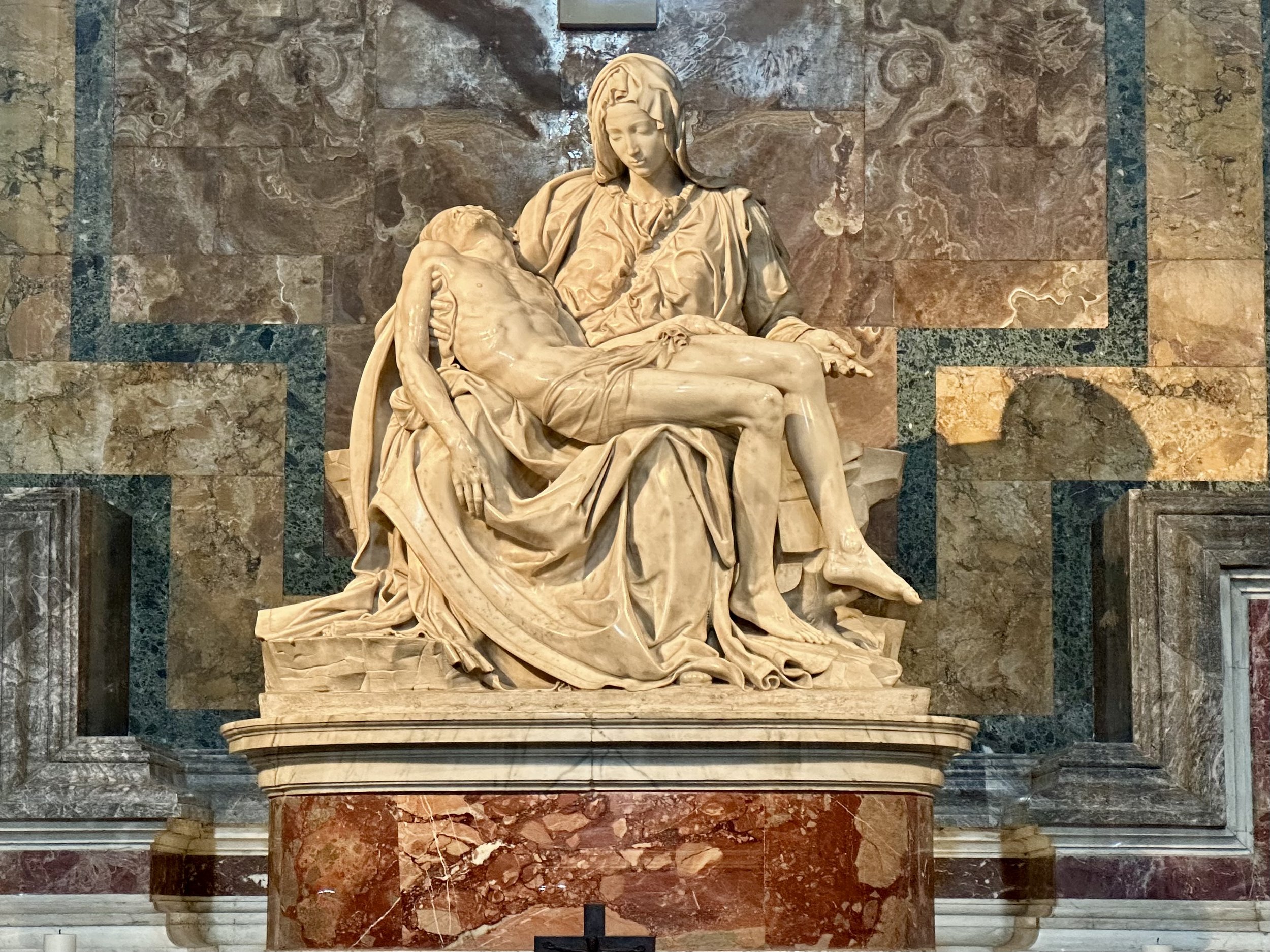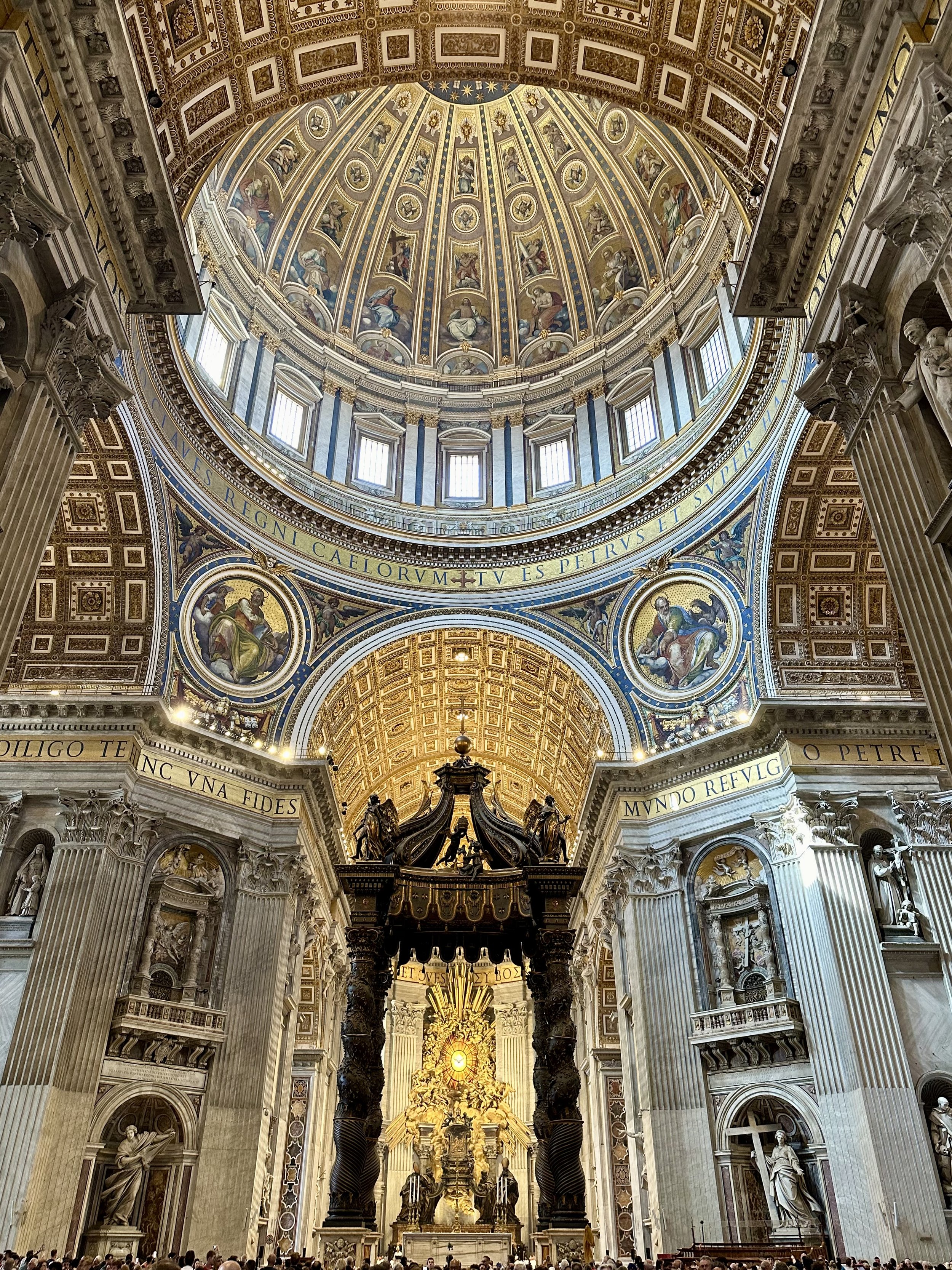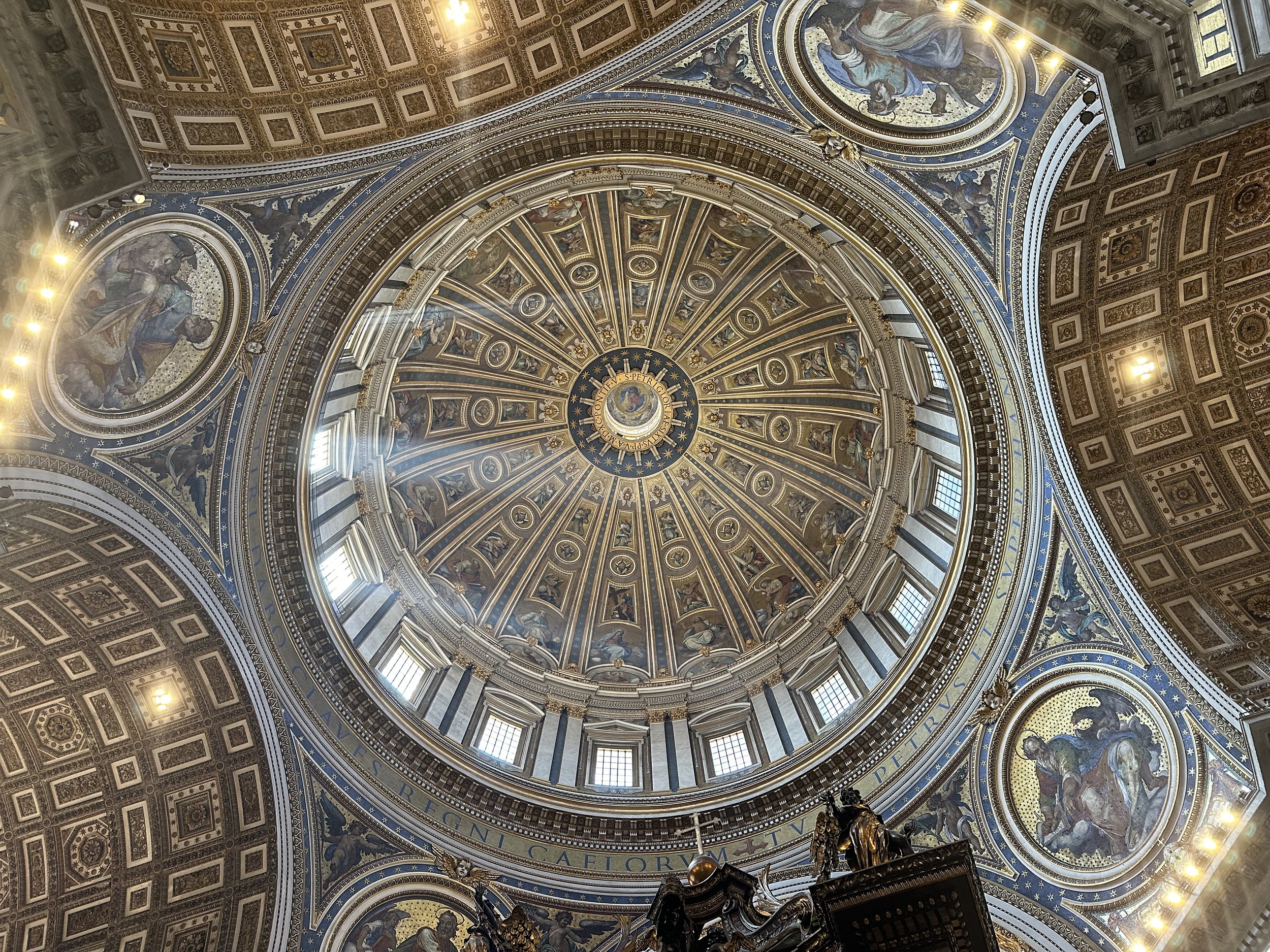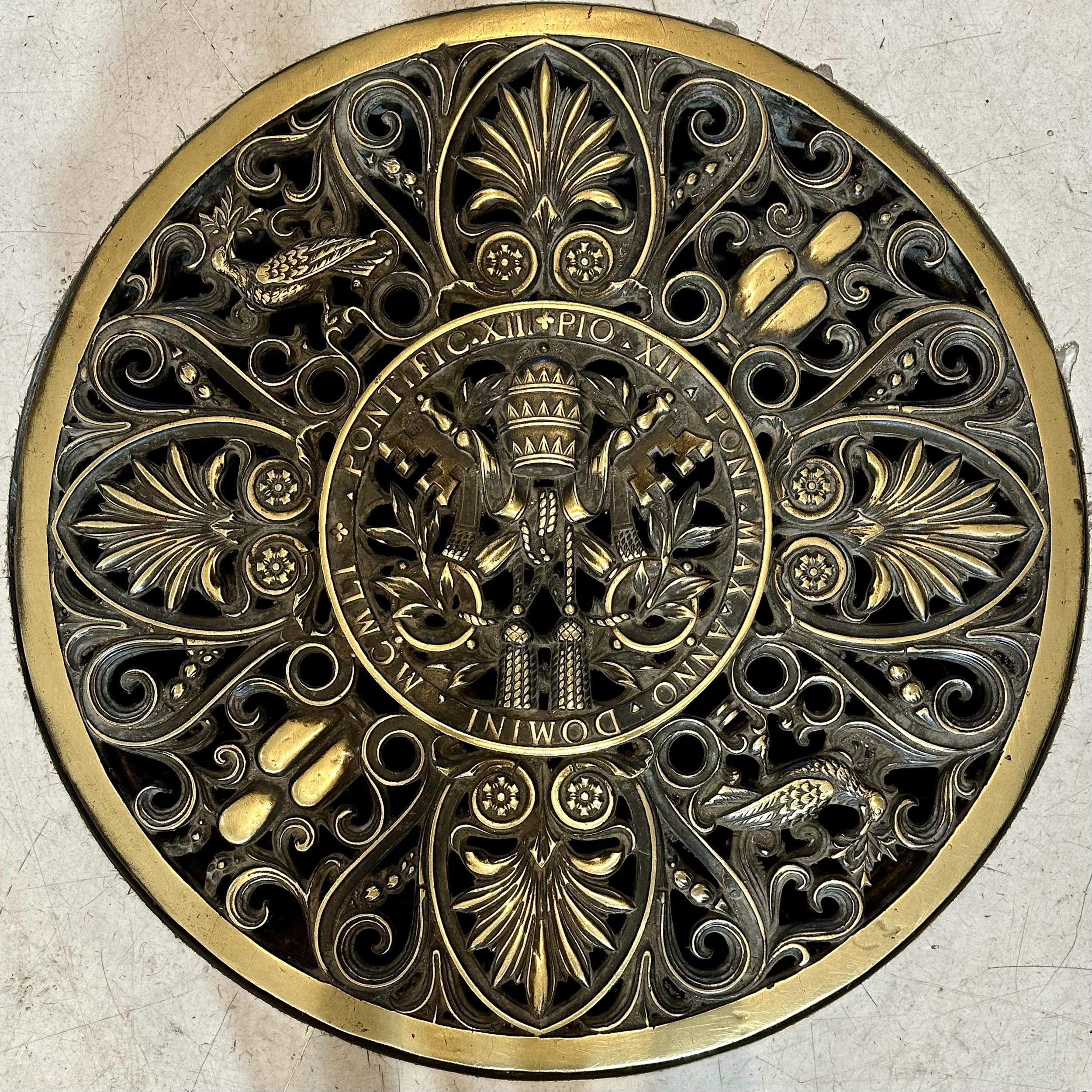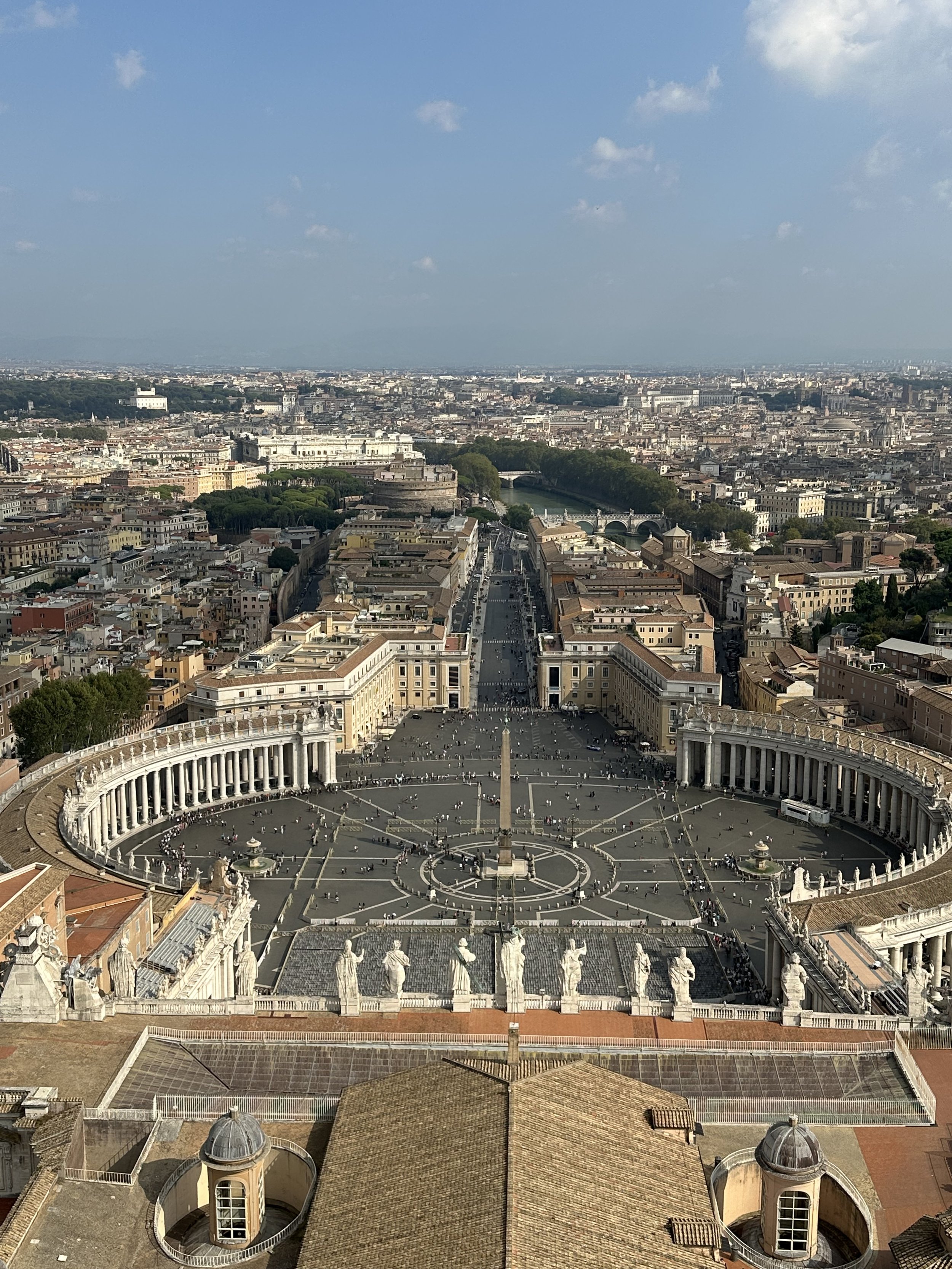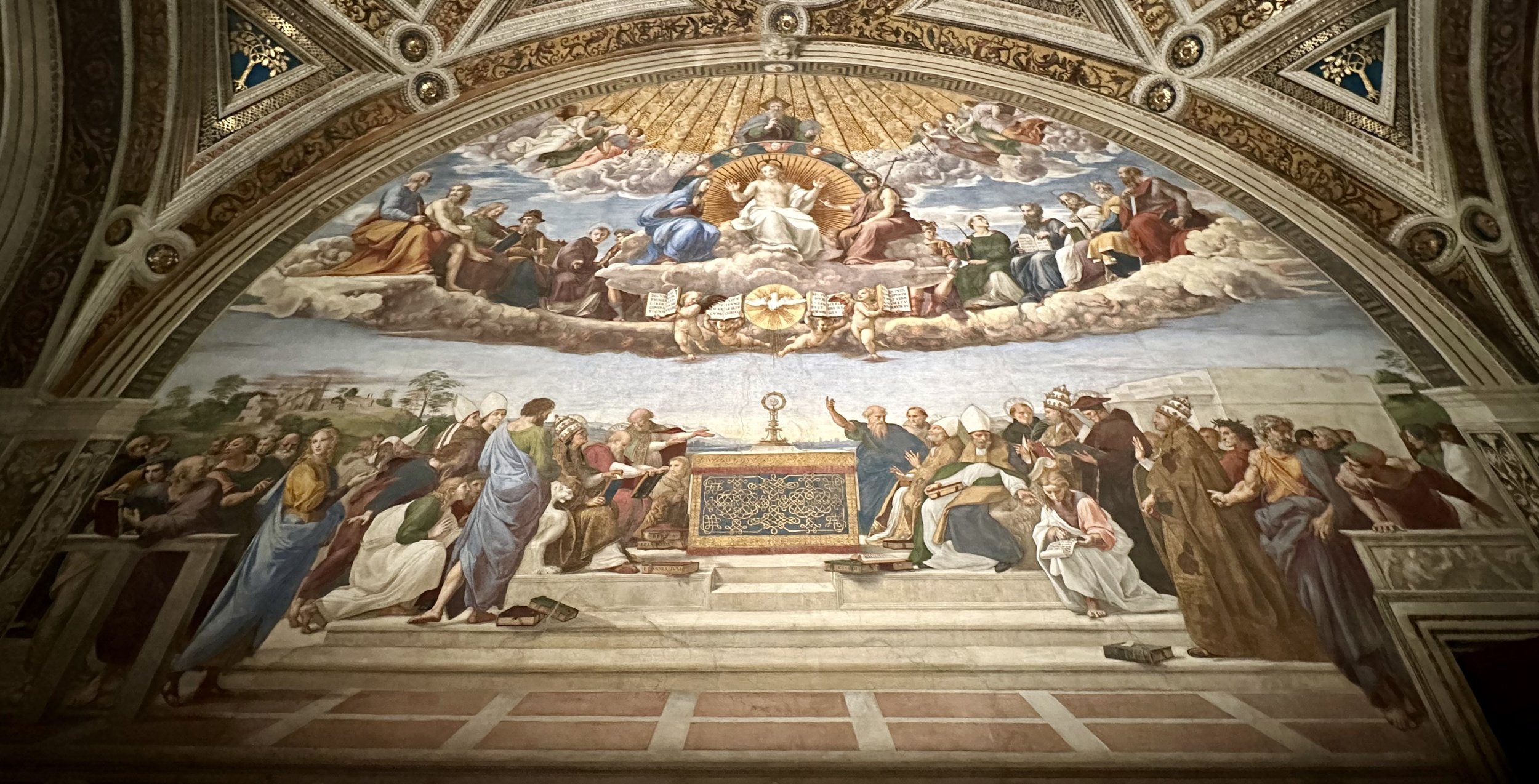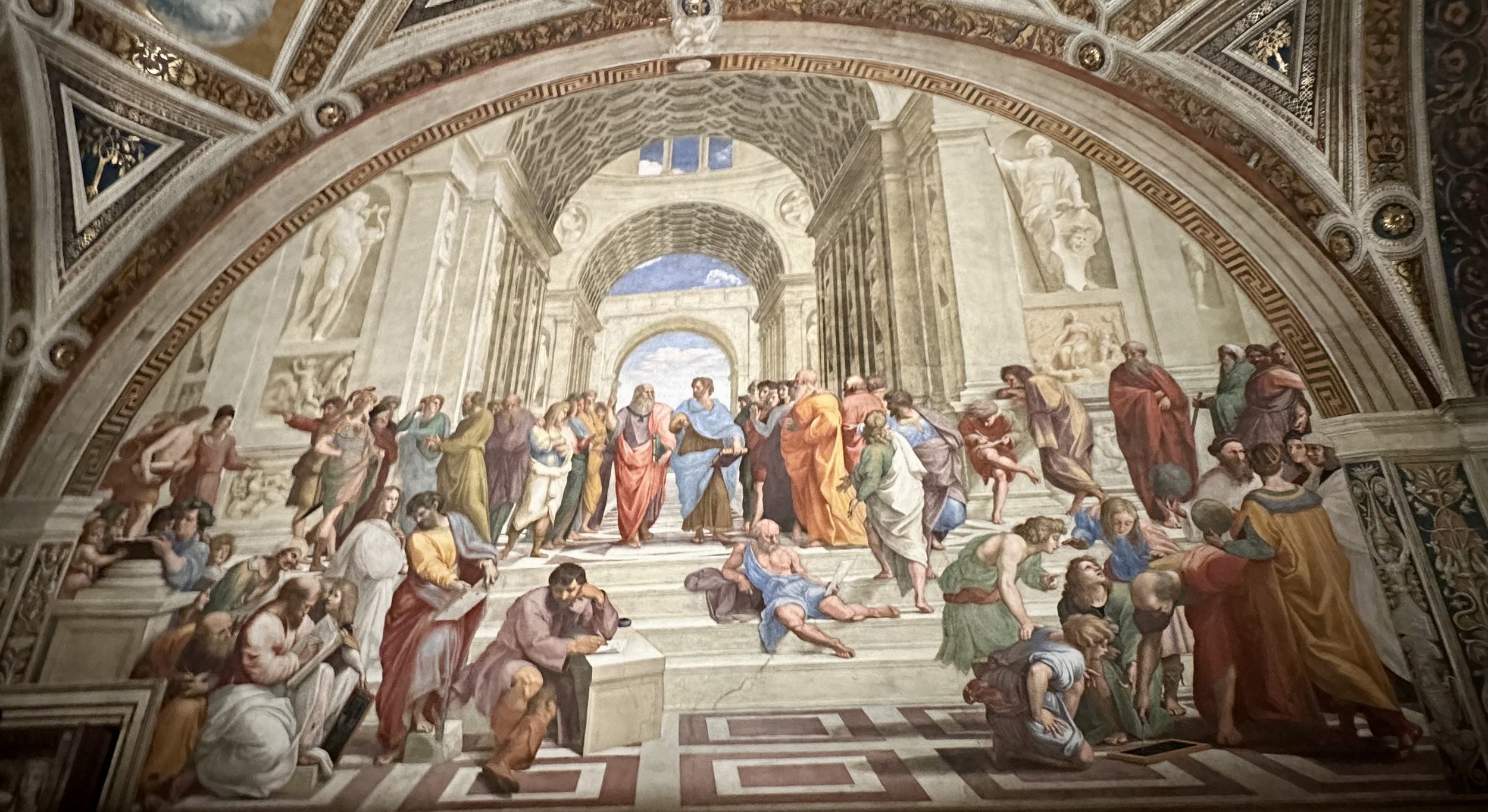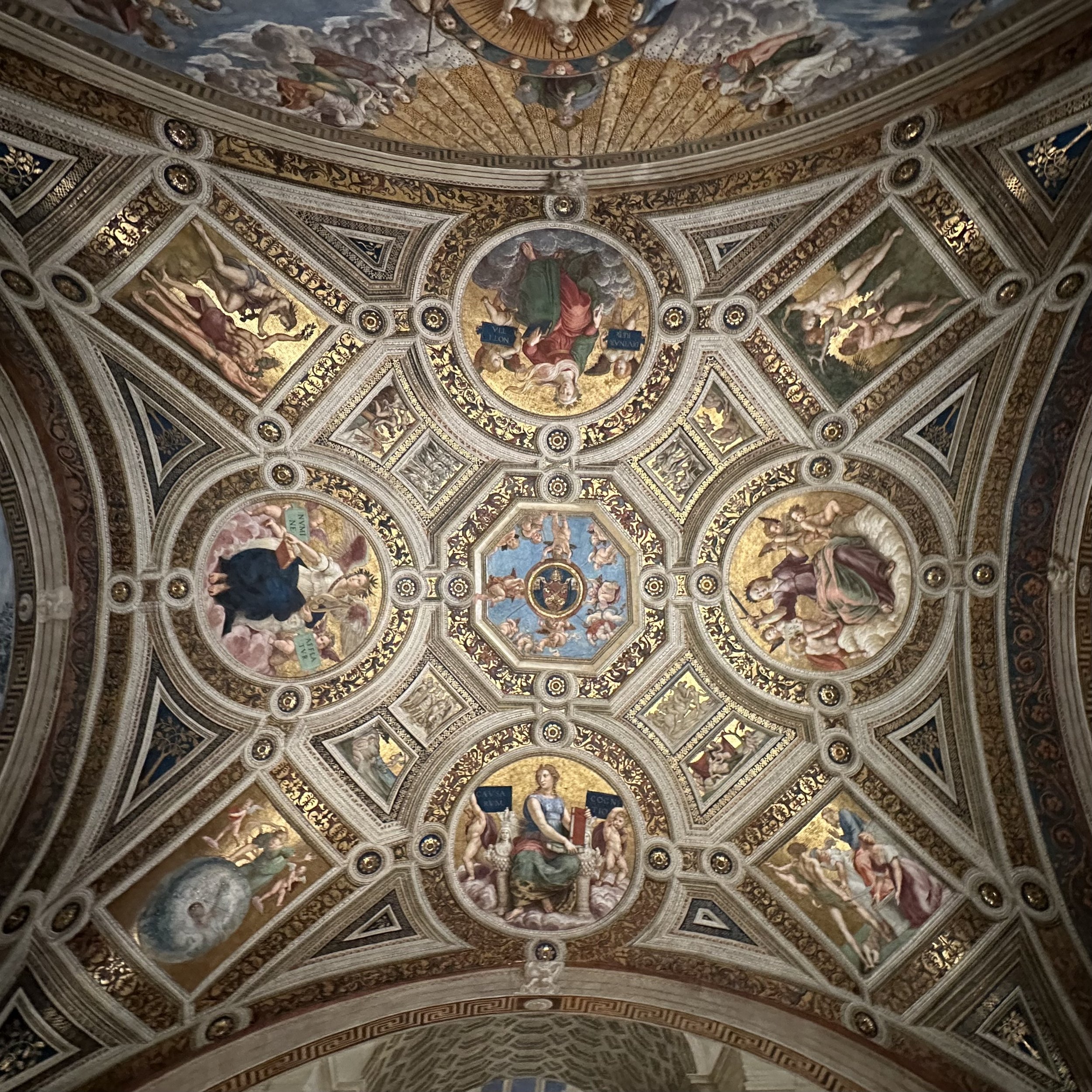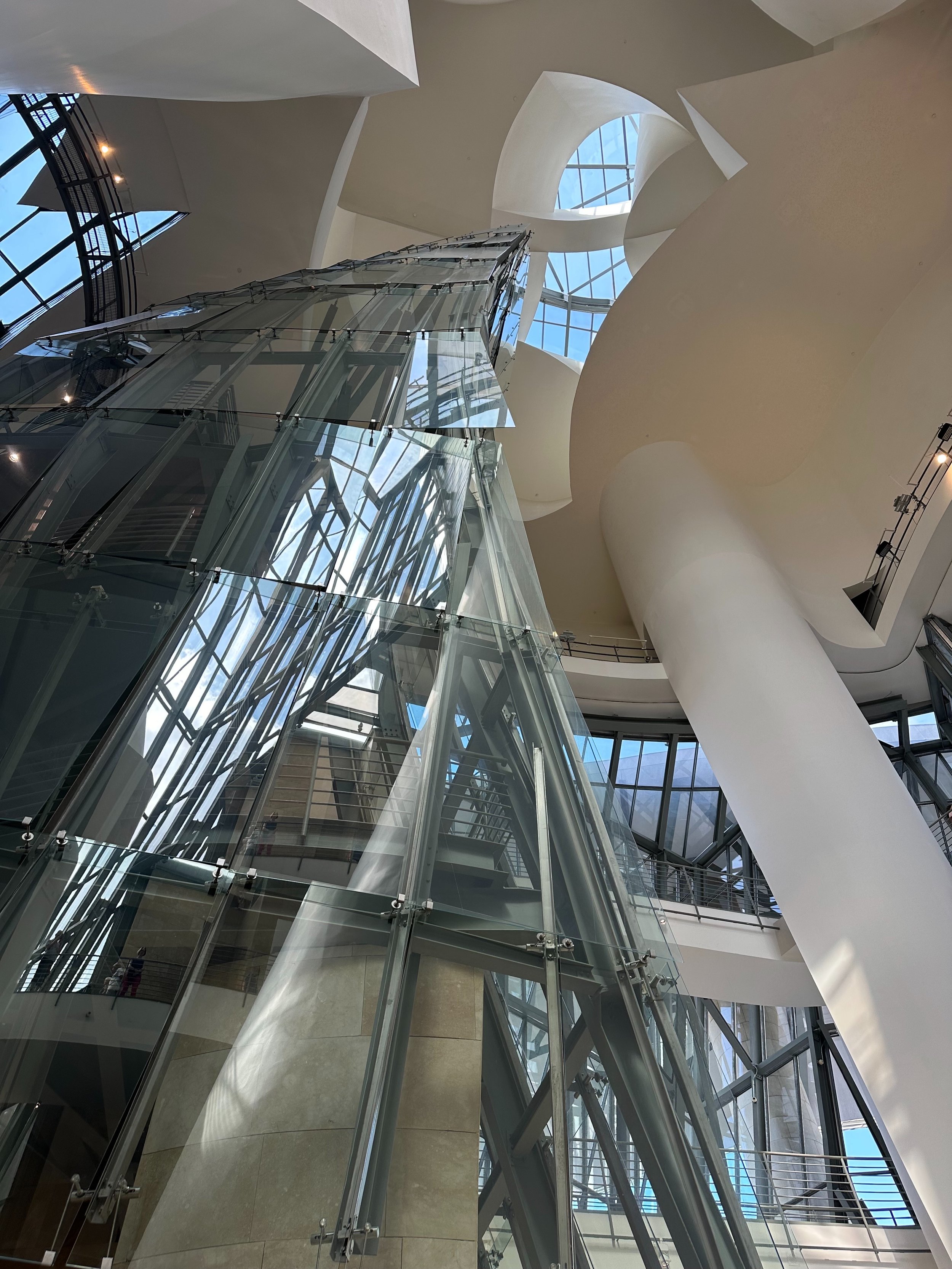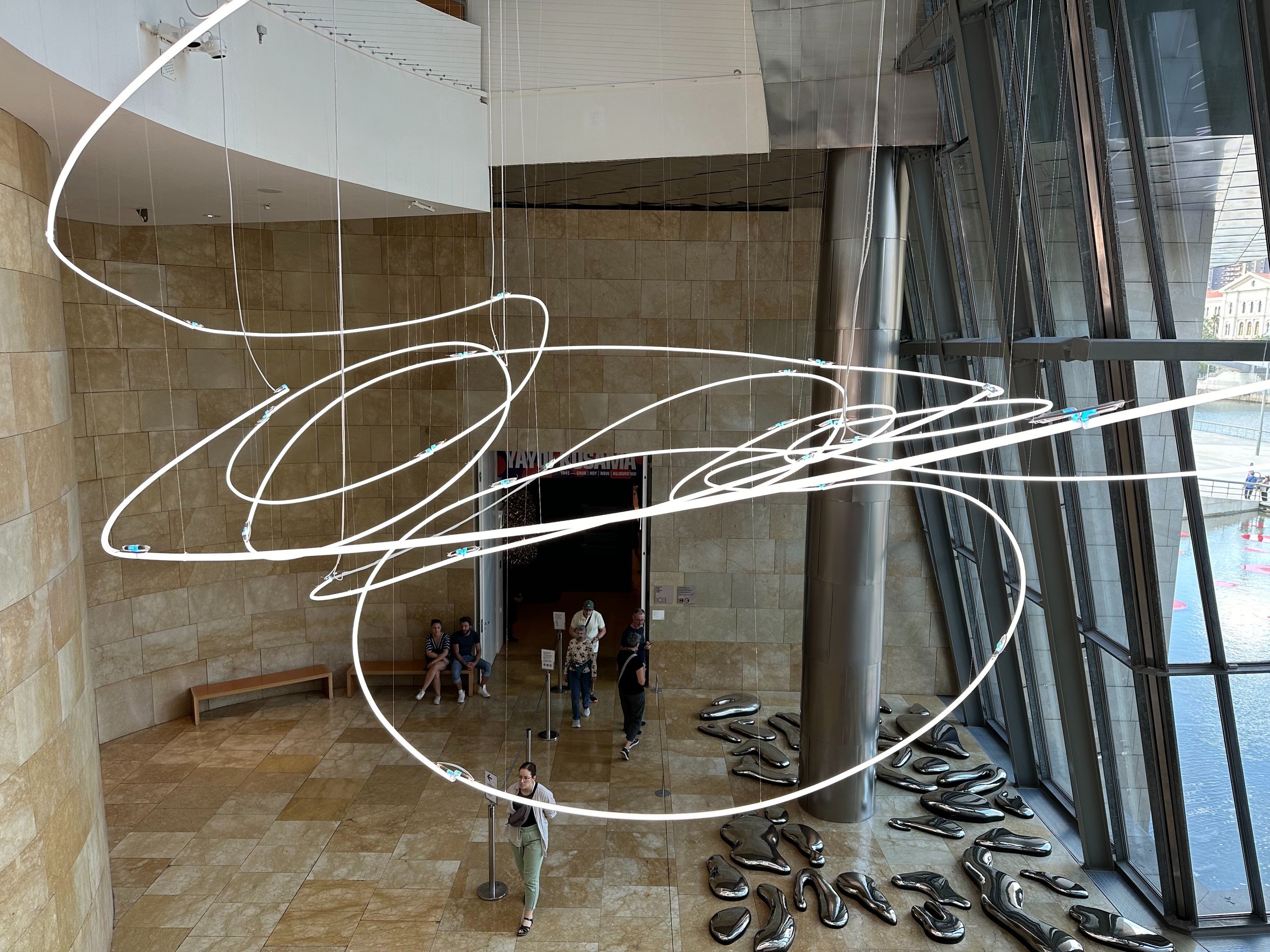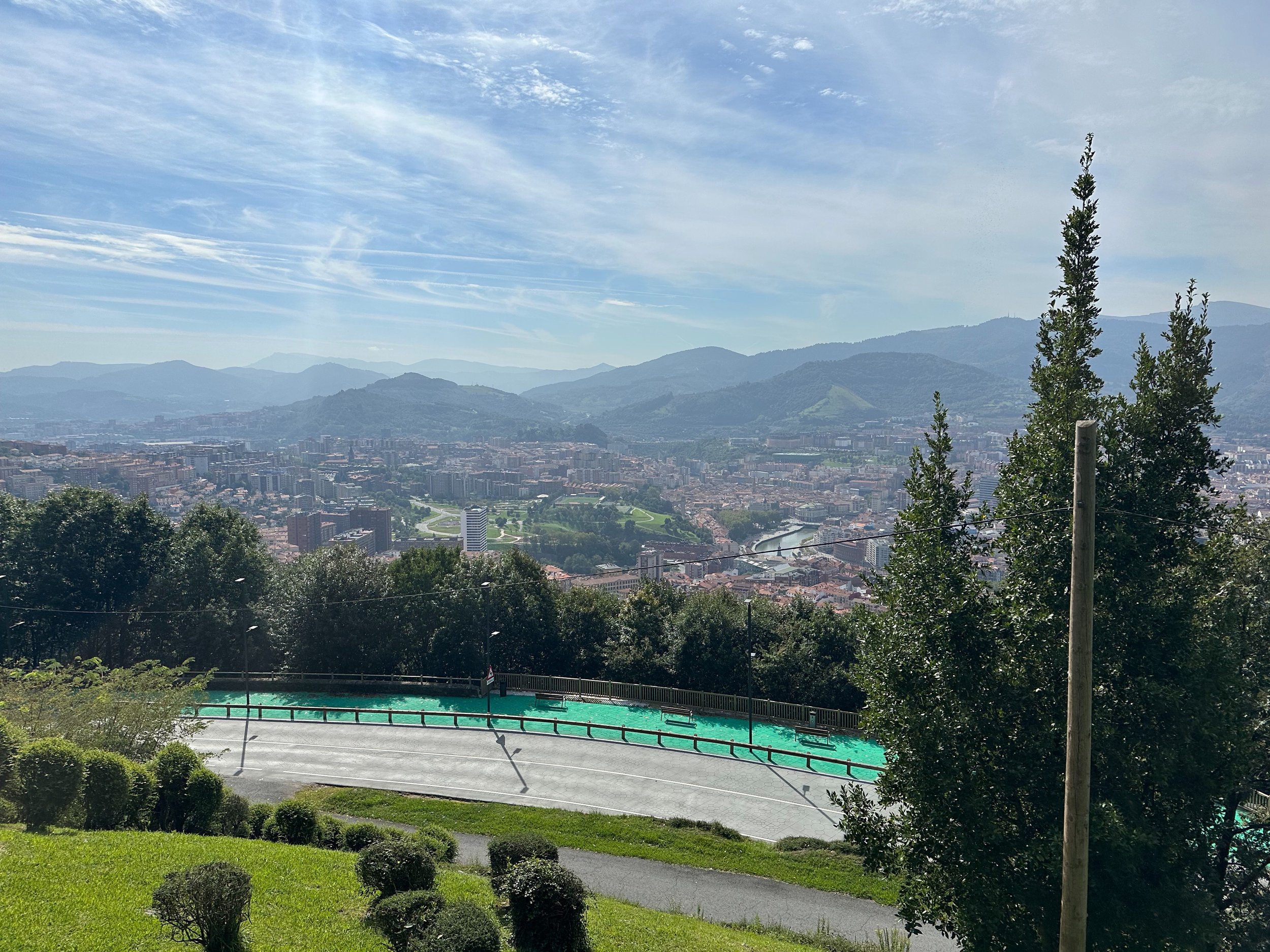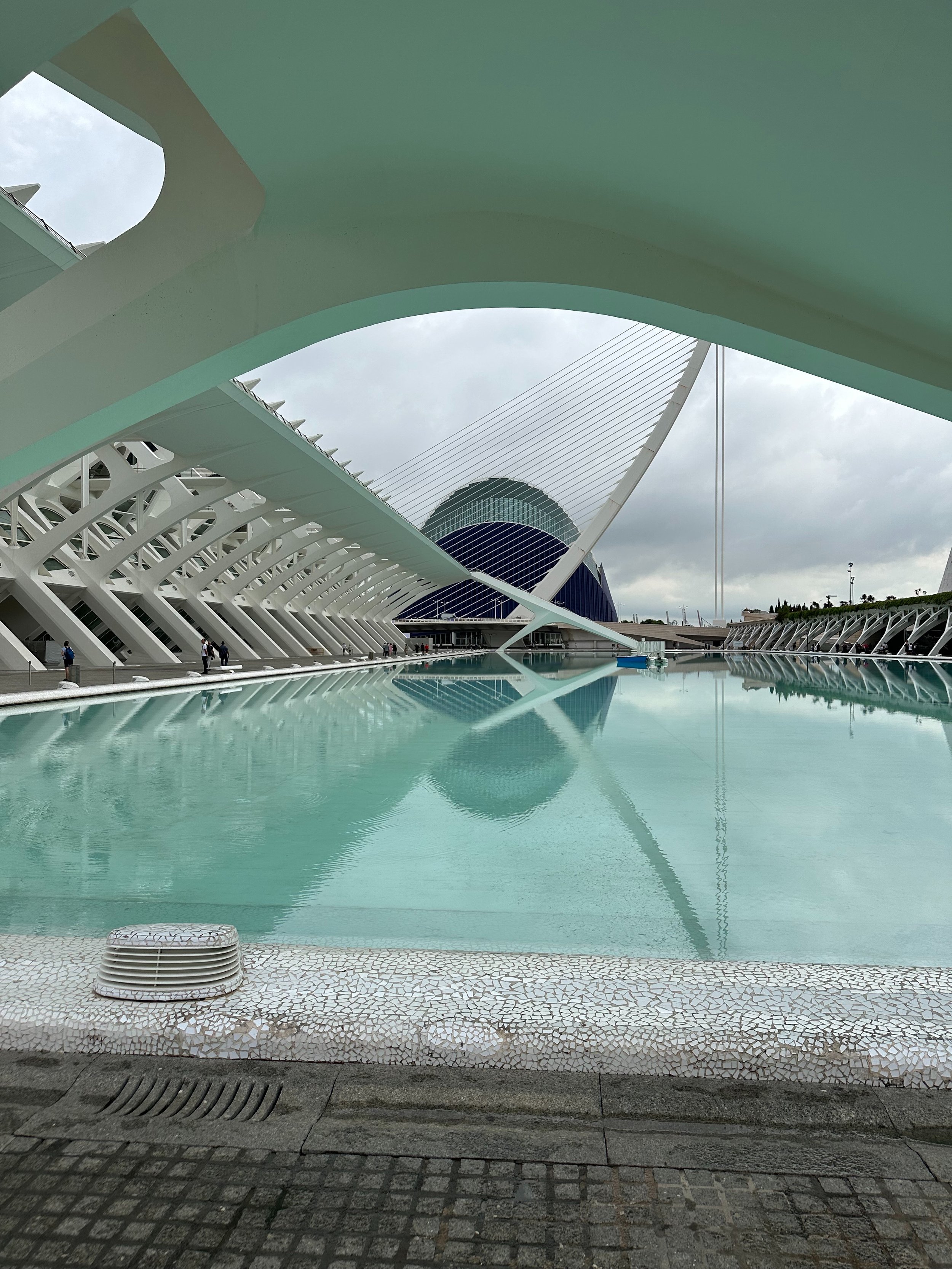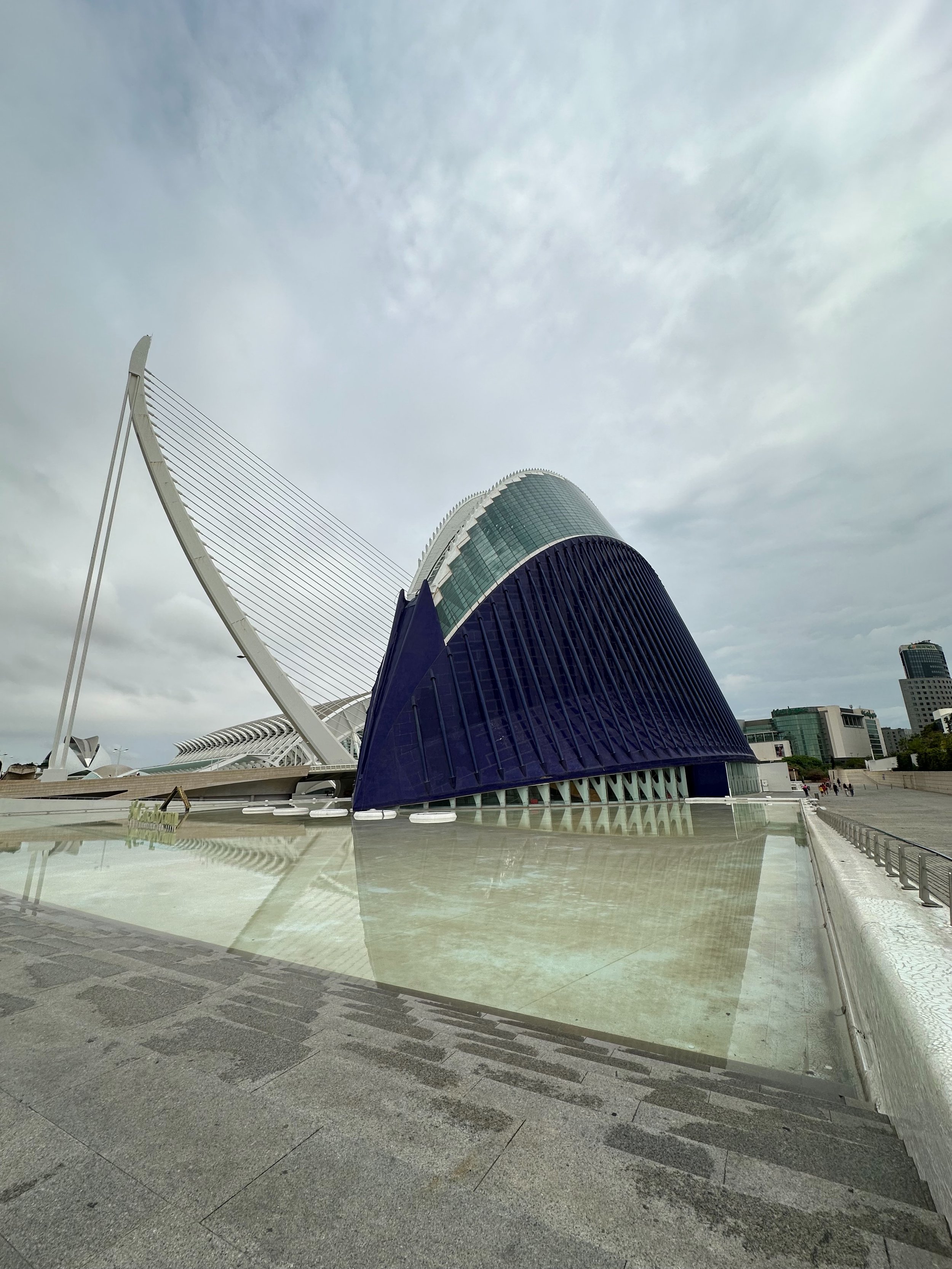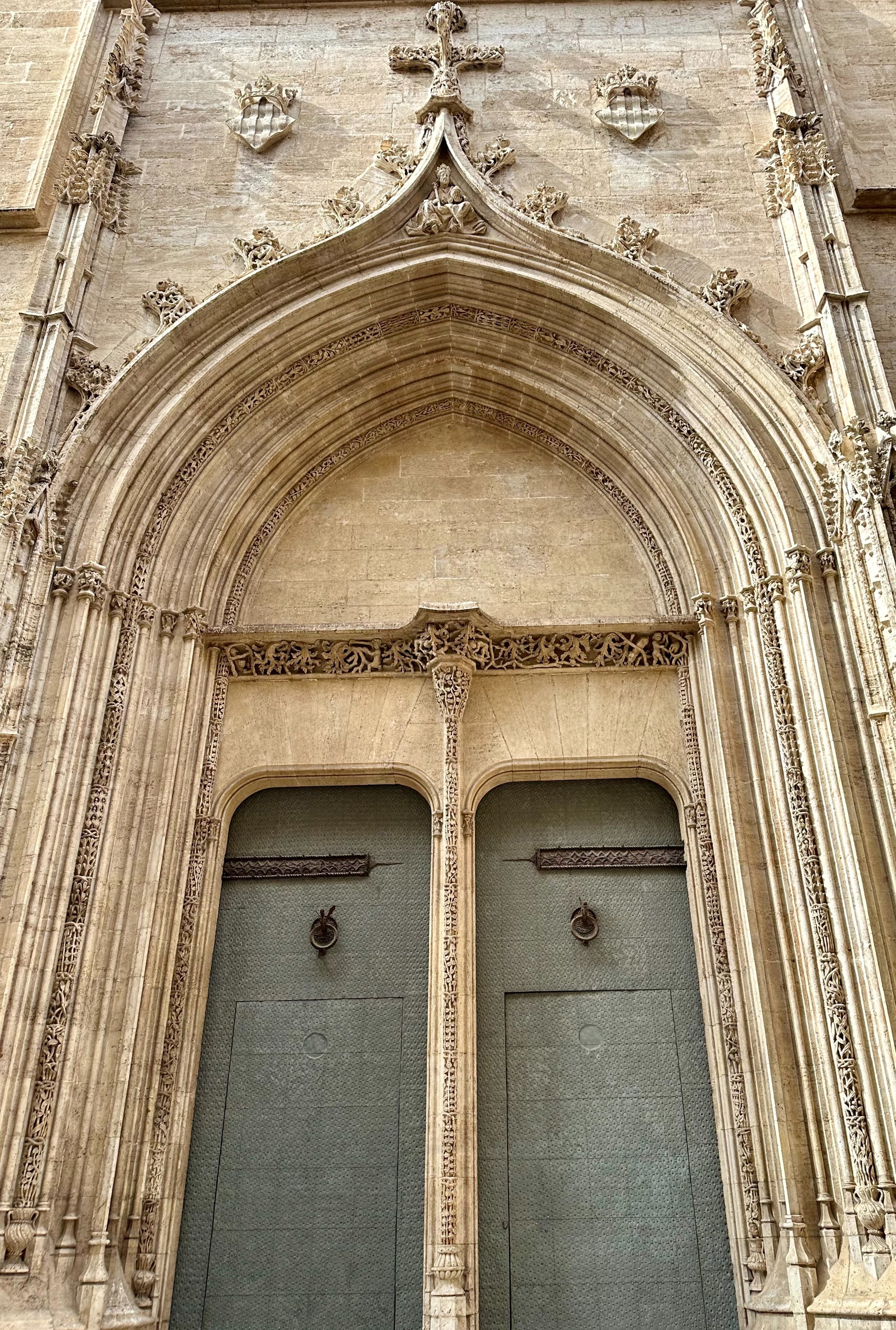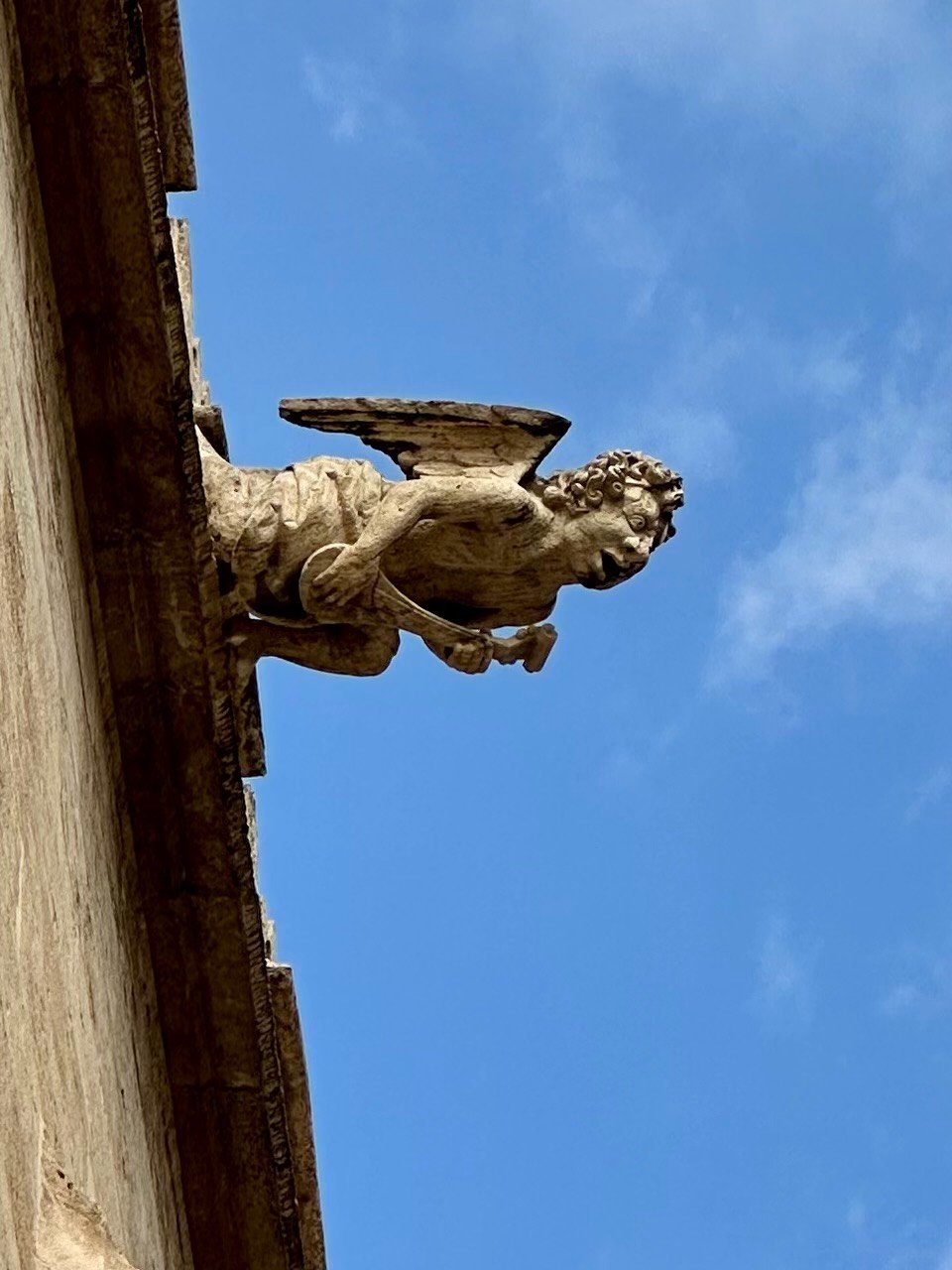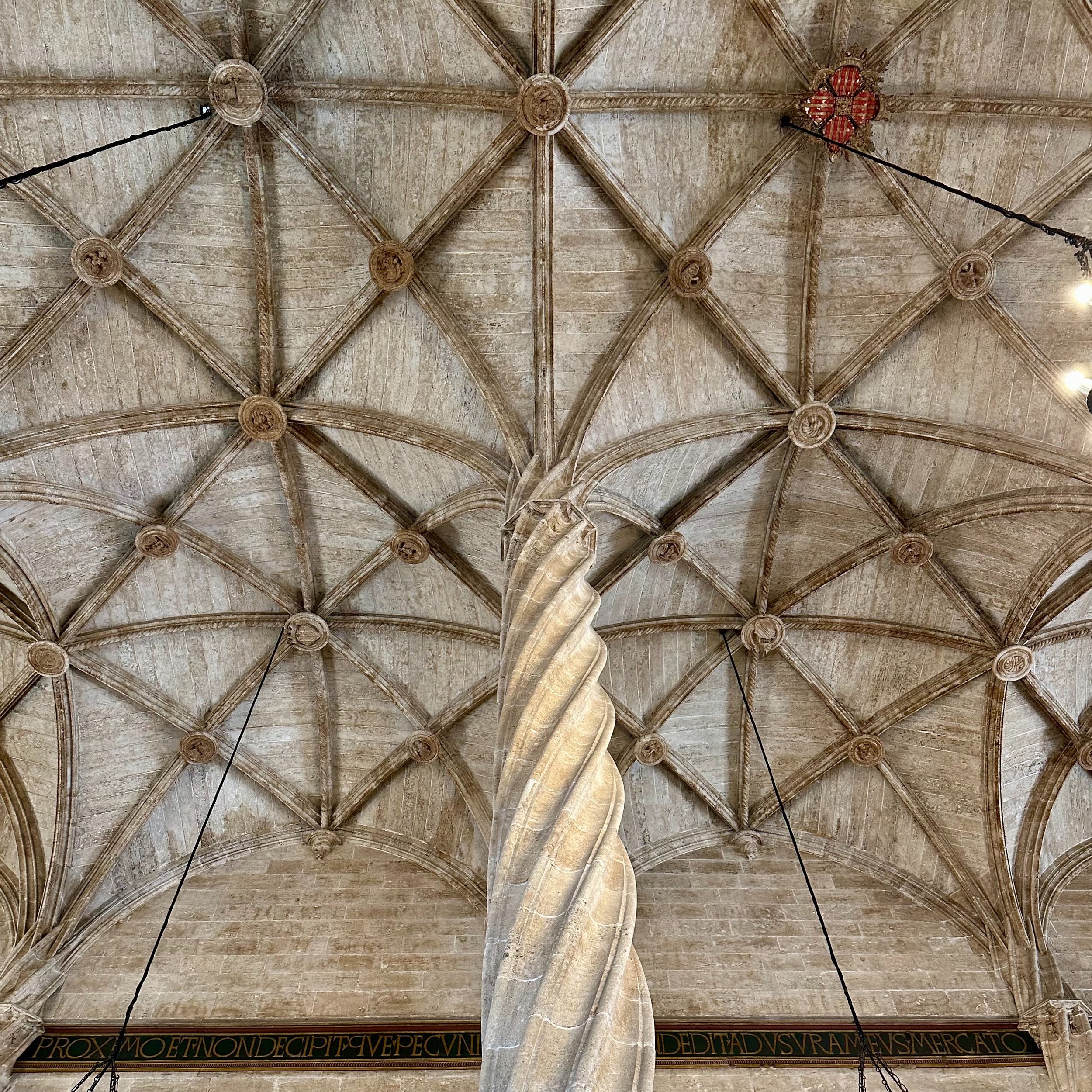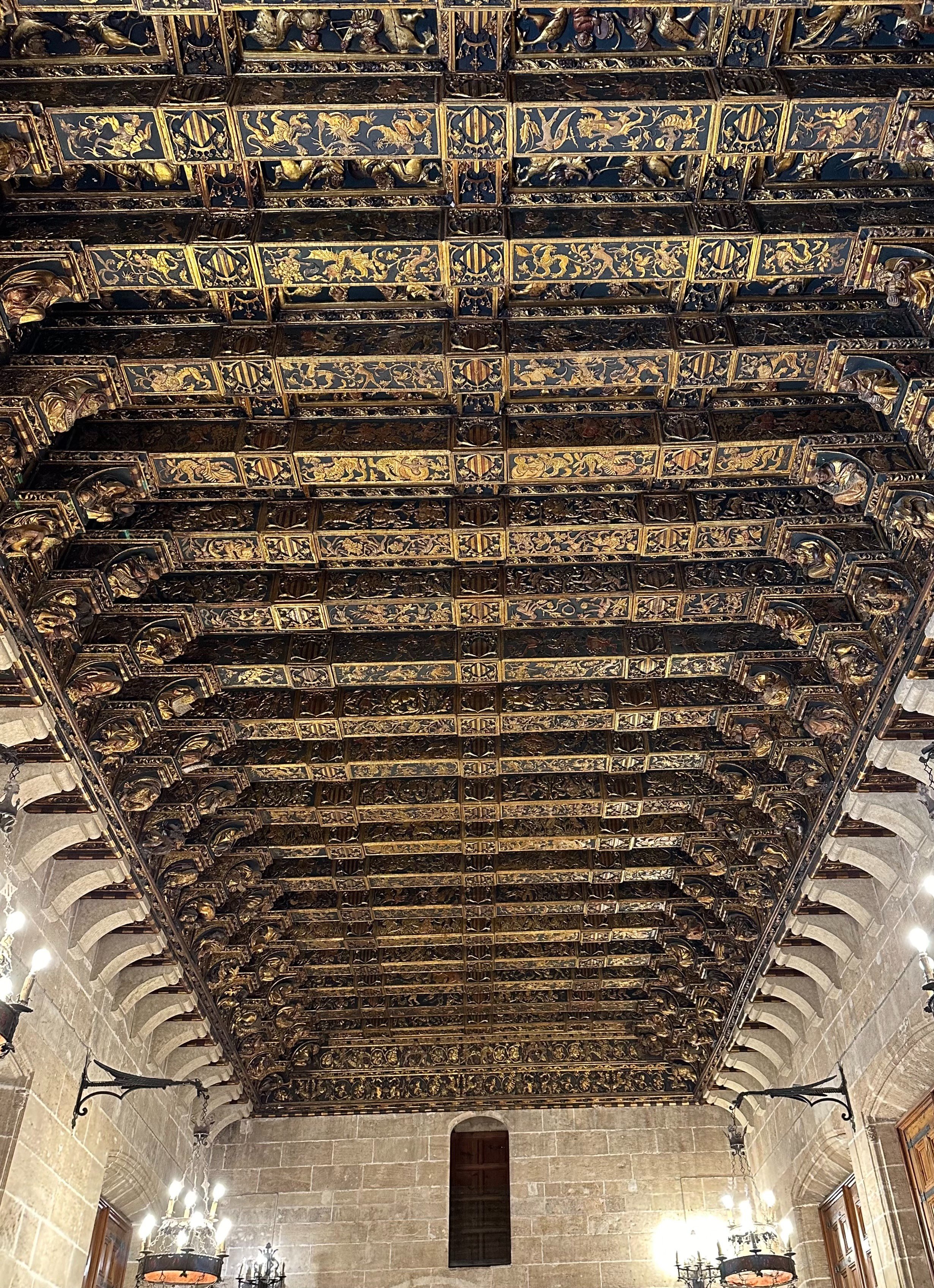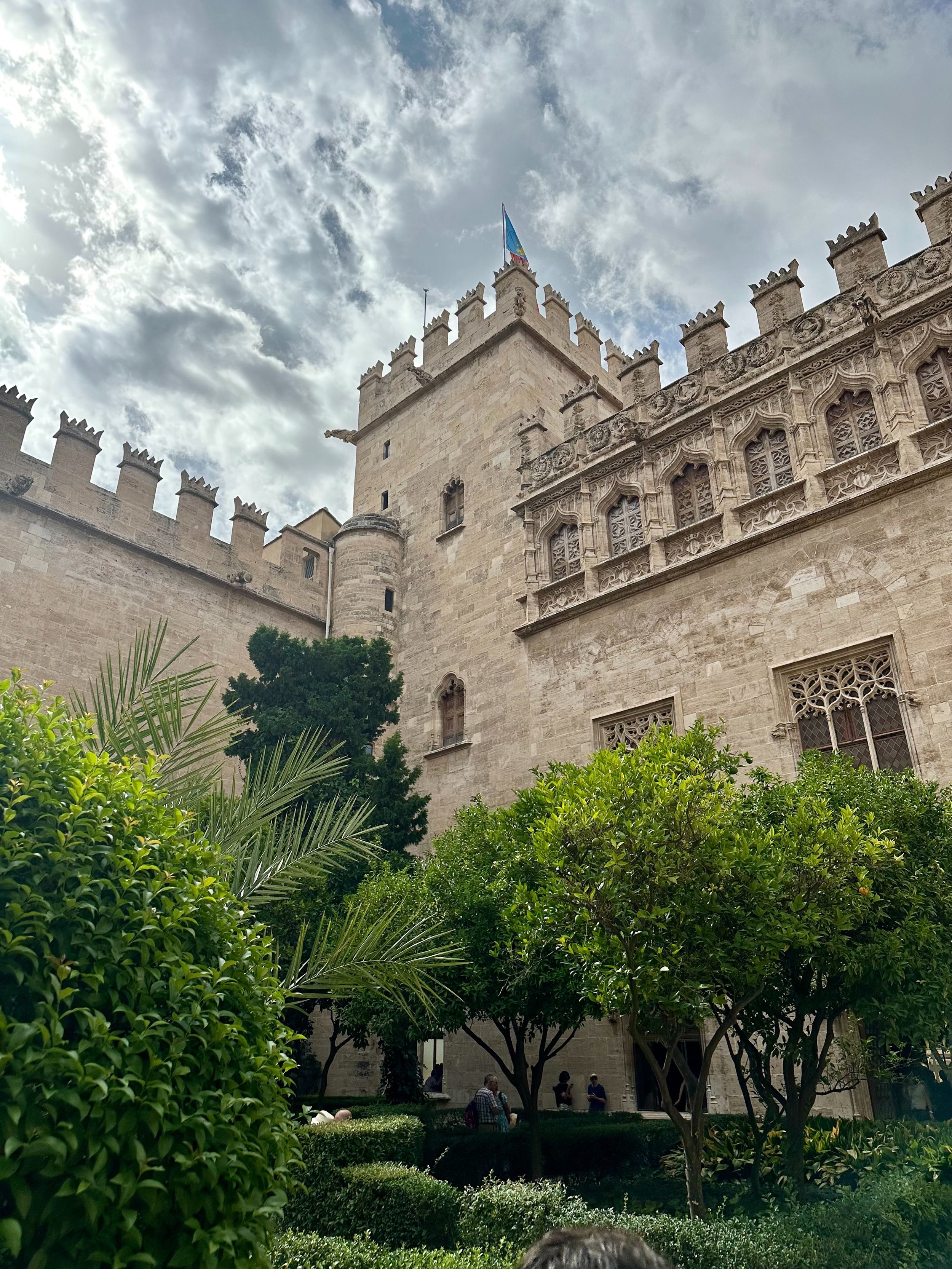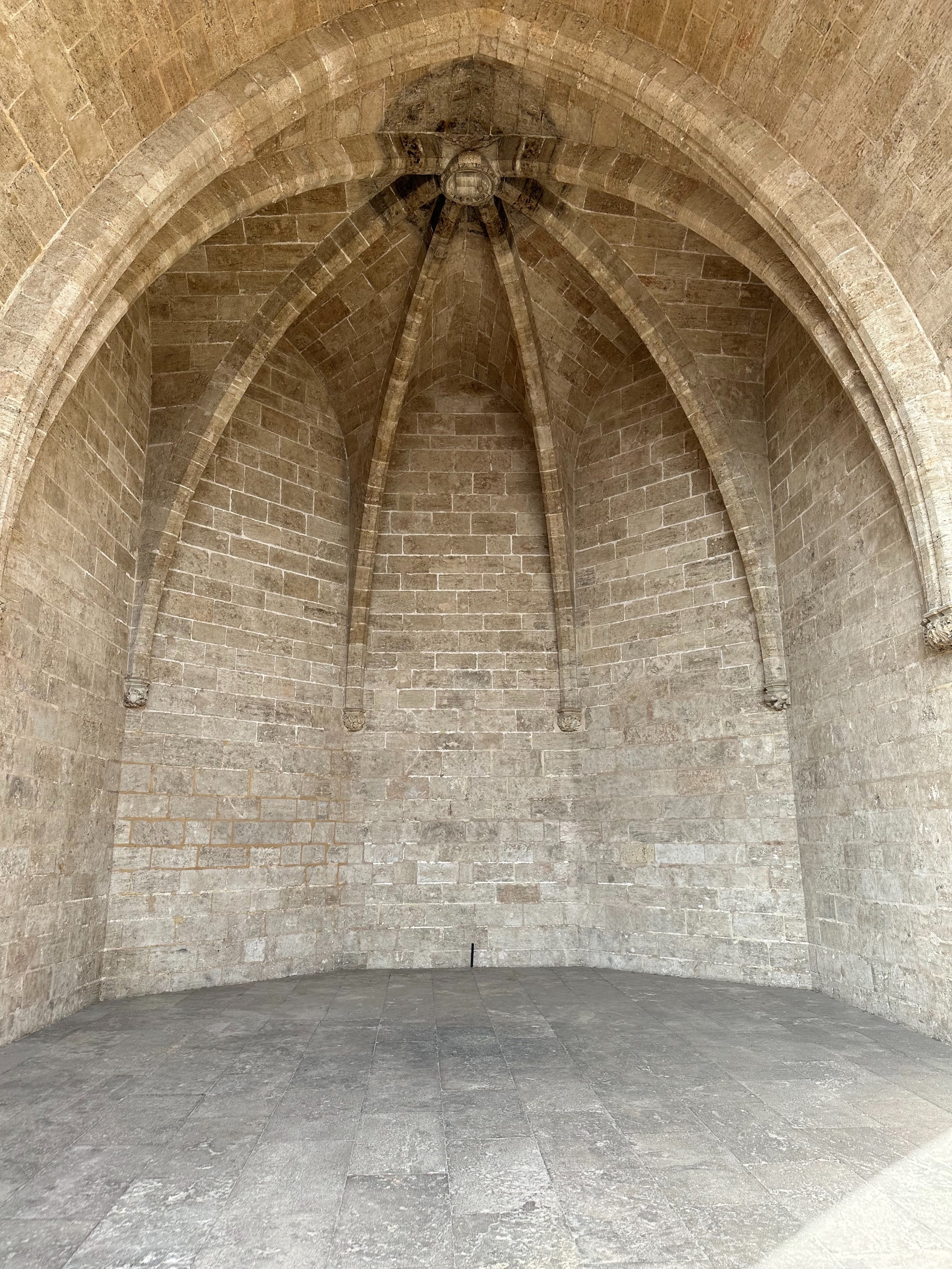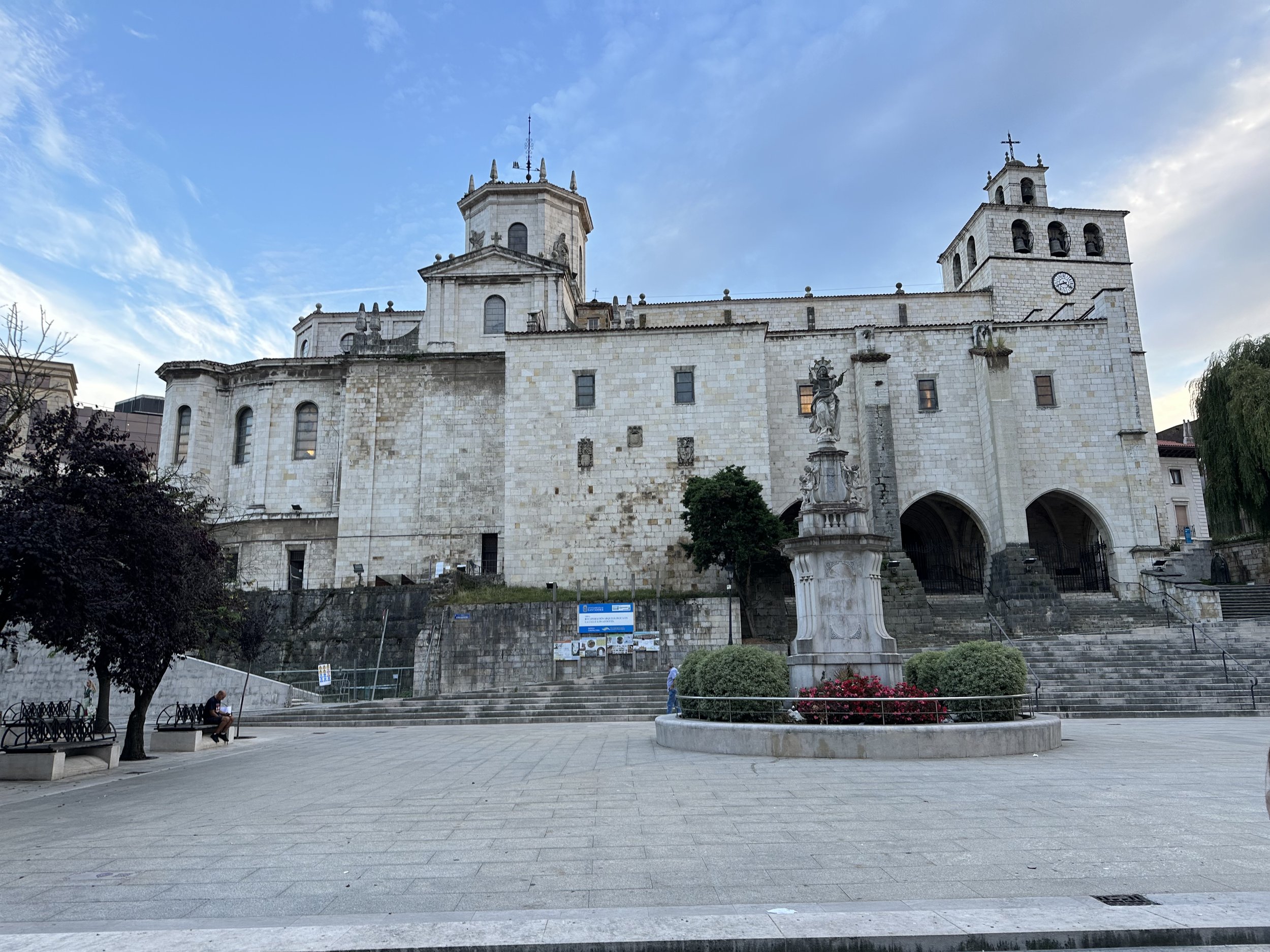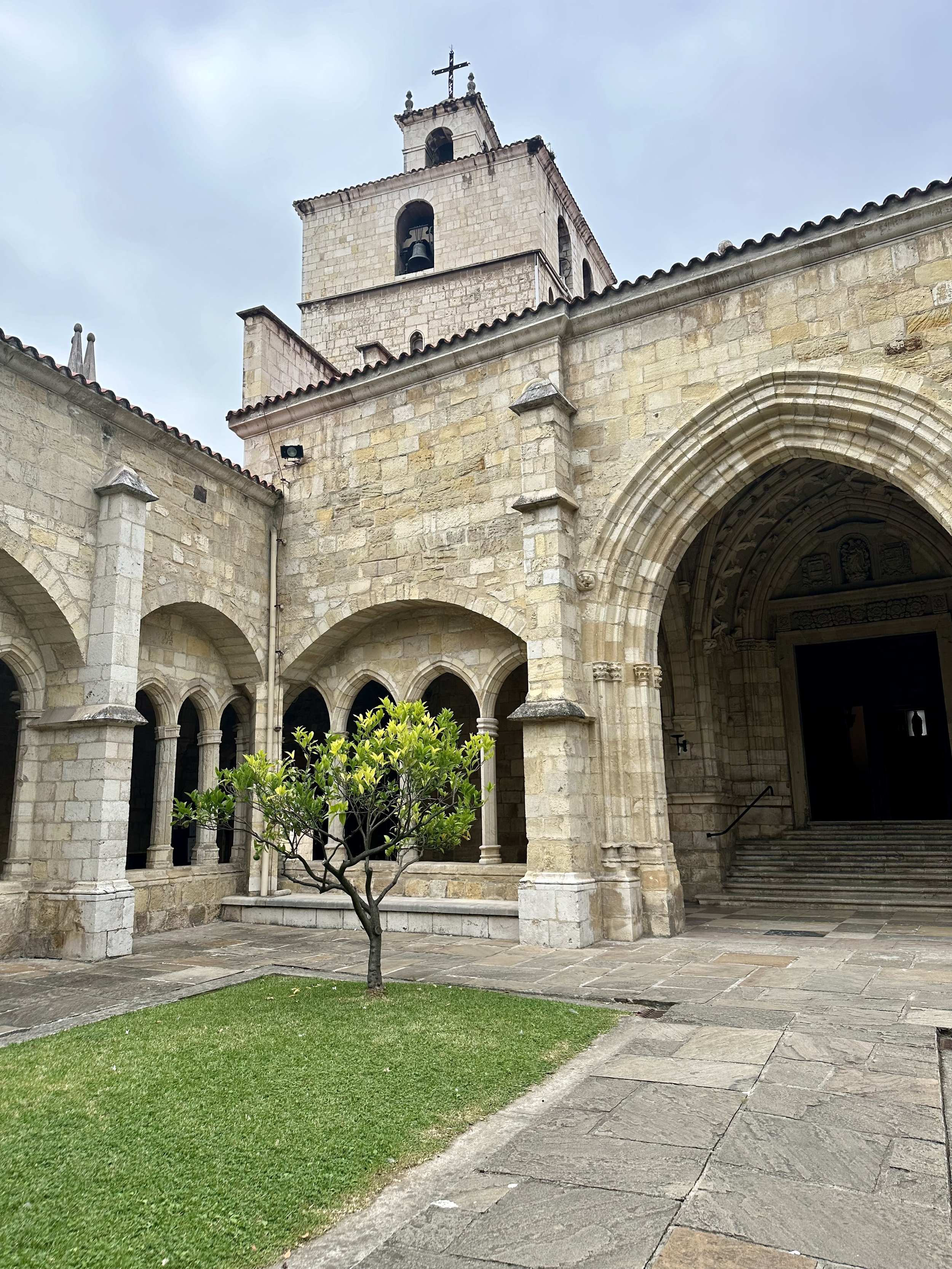An Art-School Girlfriend
In the summer of 1999, I went to a two-week jazz workshop at Idyllwild Arts Academy. Idyllwild Arts, formerly known as Idyllwild School of Music and the Arts (or ISOMATA), is a fancy boarding school up in the mountains above my hometown (Hemet, CA). To over simplify, it’s a place where really wealthy families send their ambitious musician kids to get them started on their go-to-Juilliard-one-day path. During the summer, the school offers several camp/workshop options for high school students. Despite its close proximity, I didn’t grow up in the type of environment where attending Idyllwild Arts Academy’s various summer offerings were really an option. (Among other things, this would have been well outside my family’s price range.) But, I was lucky enough to get a scholarship doing the summer of 1999, which allowed me to go!
I am well aware that the reason I (and several other Hemet High School students) got a scholarship to go to Idyllwild was because my high school band director, Jeff Tower, was the guy who ran the scholarship program at Idyllwild. Curiously, lots of Hemet kids got scholarships every summer! I know this is a little bit less than fair, but I was definitely grateful for the chance I got to attend the workshop.1
It was a great experience, if for no other reason than I got meet many interesting students, staff, and faculty. I think fondly of many of the experiences I had that summer, especially the fact that I got to “rub shoulders” with some amazing musicians. I still remember (and use!) some of the lessons I learned that summer.2
Being that I was 17 that summer and I was away from home, there was a sizable “social” element to the whole experience as well. To get more to the point: I met and started dating a girl during those two weeks. Because, y’know … of course I did.3 I am half-chuckling as I write this because it all sounds kind of cliché. I was from a working class family in a dusty, mostly agricultural town at the bottom of the mountain. She was from West L.A. My family went camping outside Yellowstone for our summer vacation (which I thought was pretty cool of us!); her family went to Scotland so her dad could play golf at some world-class course. But, the two of us kind of “hit it off” and we had a little summer fling.
Then, of course, we both went home, me to Hemet and she to Santa Monica. We talked on the phone and sent each other letters every few days. When the summer was over, we tried to keep the “relationship” going. I asked her if she wanted to go to my high school’s Homecoming dance; she drove out from Santa Monica to go with me.4 On her way into town, she drove by a few dairies—something almost impossible to avoid if you’re coming into Hemet from the west—and was kind of shocked at what she saw. Basically, she had never seen a dairy farm before and thought those poor cows had gotten their heads stuck between the bars on the fence.
We went to the dance. It was fun. We said our goodbyes afterward. It was all pretty cute and innocent. Then, about a month later, we both kind of came to our sense and realized this whole long-distance-relationship thing was a dumb idea. We broke up on pretty mutual terms and held no hard feelings toward one another.5
Then, I went away to college. She was a year younger than I, so she went back to Idyllwild the summer that I moved away for college and then finished her senior year while I was in my first year of college. I went to college about 1,000 miles away from home, in a place pretty foreign to me in many ways. But, due to the magic of this new fangled thing called the internet, I was able to keep in touch with this girl, the distance and strange-past-relationship-awkwardness notwithstanding. We exchanged emails a few times, and it was kind of cool to relay to her how things were going for me during that first year of college. After that, we pretty much lost contact with one another.
Then, again, due to the magic of the internet and social media, I was able to reconnect with her many years later. We haven’t really said all that much to one another since 2000-ish, perhaps an occasional “Happy Birthday” and the like, but such is growing up and moving on, I suppose.
Then, last week, a horrific fire broke out in L.A. Several, in fact. I have several family members in Los Angeles. My mom grew up in “the Valley,” and some of her siblings raised their families there; I have a few cousins and an aunt and uncle who still live in the area. One group of cousins lives particularly close to some of the more fire-prone areas of the city. Everyone I could think of that lives in the areas nearest this spout of fires seemed to be pretty safe, which was reassuring.
As so much time had passed, and I knew this girl from 1999 had since moved up to the Bay Area, it didn’t even cross my mind that she might have been affected by the fires. I try to stay off of Facebook, but it’s kind of one of those things that 1. Draws you in and, 2. Comes in as pretty useful when stuff like this comes up. So, I happened to get on Facebook around the time these fires were exploding and I saw a message from her (not to me personally, of course, just a generic post on her “wall”). Her childhood home in Pacific Palisades had burned to the ground. Just like that, everything was gone.
This is awful. There is nothing more to say, really.
A Legend’s Losses
A day or two ago, I also caught word that one of Los Angeles’s most celebrated bassists (and in all of jazz, really)—John Clayton—lost his house (including his instruments!) in the Eaton fire. The Eaton fire hasn’t gotten quite as much attention as the one in Pacific Palisades, mostly because that’s not as famous (or wealthy) of an area of L.A., but it has been pretty destructive as well.
I met John Clayton is 1998-ish, shortly after I started playing bass. I went to a workshop at the University of Redlands (I think) where he was one of the clinicians. In our discussion, he asked me to name some bass players that I liked, some players that I looked up to. The fact was, I hadn’t been playing long enough—or done enough “homework”—to really give much of an answer, so I said “Rufus Reid.” I had seen a book by him at some point in my bass journey and that was the first name that came to mind. Then, he asked for another name, and I named the only other player I could think of, “Charlie (sic.) Mingus.” I honestly don’t think I had ever even heard a Charles Mingus tune (or any of his playing) at that point; he was just a name I had seen in a book. Luckily, John Clayton didn’t ask me to name anyone else, because that was literally the entire roster of bass players I could name at the time!
Anyway, John Clayton, through his teaching at USC, and his own study with the late, great Ray Brown, has had a huge influence on an entire generation of bass players, especially on the West Coast. And, here we are, again, everything is gone in an instant.
So? (and, Why the politics?!)
There is no real “point” to any of this, save the fact that these are two people with whom I have had personal (and musical) connections whose lives have been turned upside down over the past two weeks. We’ve been lucky down here in San Diego—this time—in that we’ve avoided this round of awful natural disasters. Back in 2007 (just before we moved here) we weren’t so lucky; I have more than a few colleagues who lost their homes in those fires. Unfortunately, seasonal wildfires are part of the natural ecosystem around here, and there is only so much we can do to try to “push back” against that.
You have probably seen a lot of folks pointing fingers at elected officials, civic leaders, and even everyday Californians themselves about how this is actually their fault. It’s disgusting. But, what could be more “America in the 21st Century” than taking any situation and twisting it to use as a club with which to beat your political “enemy?”
As always, ‘Merica!
––––––––––––––––––––––––––––––––
1 I’ll take whatever “leg up” I can get, sometimes.
2 Something I think about almost everyday, which the magnificent Marshall Hawkins taught me: You know the bass player is good when you can’t tell the bass player is good. I am extremely lucky to be able to trace my bass “genealogy” straight to Marshall Hawkins. It kind of boggles my mind that I am lucky enough to count him as one of my musical mentors!
3 That makes sense, right? Start dating a girl when you know you’re both leaving in a few weeks and that’ll all turn out just fine.
4 This was a totally “normal” thing in my mind—going to the Homecoming dance—but, to her, it was foreign, almost goofy. I guess high school dances weren’t really something she and her social group really did; it was totally normal for me.
5 I did run into her later that year at a choir competition thing in Palm Desert. This was more or less my “backyard,” but her school had traveled quite a distance to participate in the festival. It was pretty weird to see her again. I am not sure why, exactly, but it was more than a little awkward.

